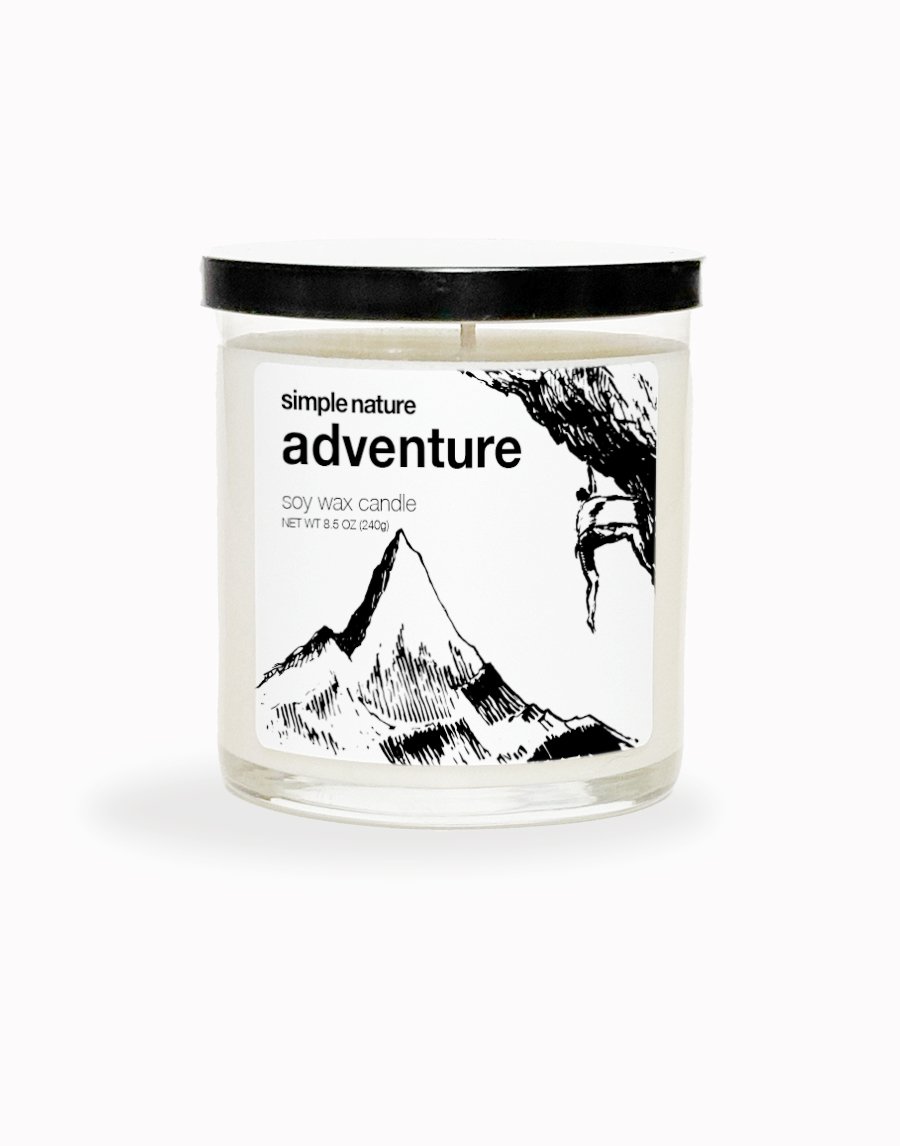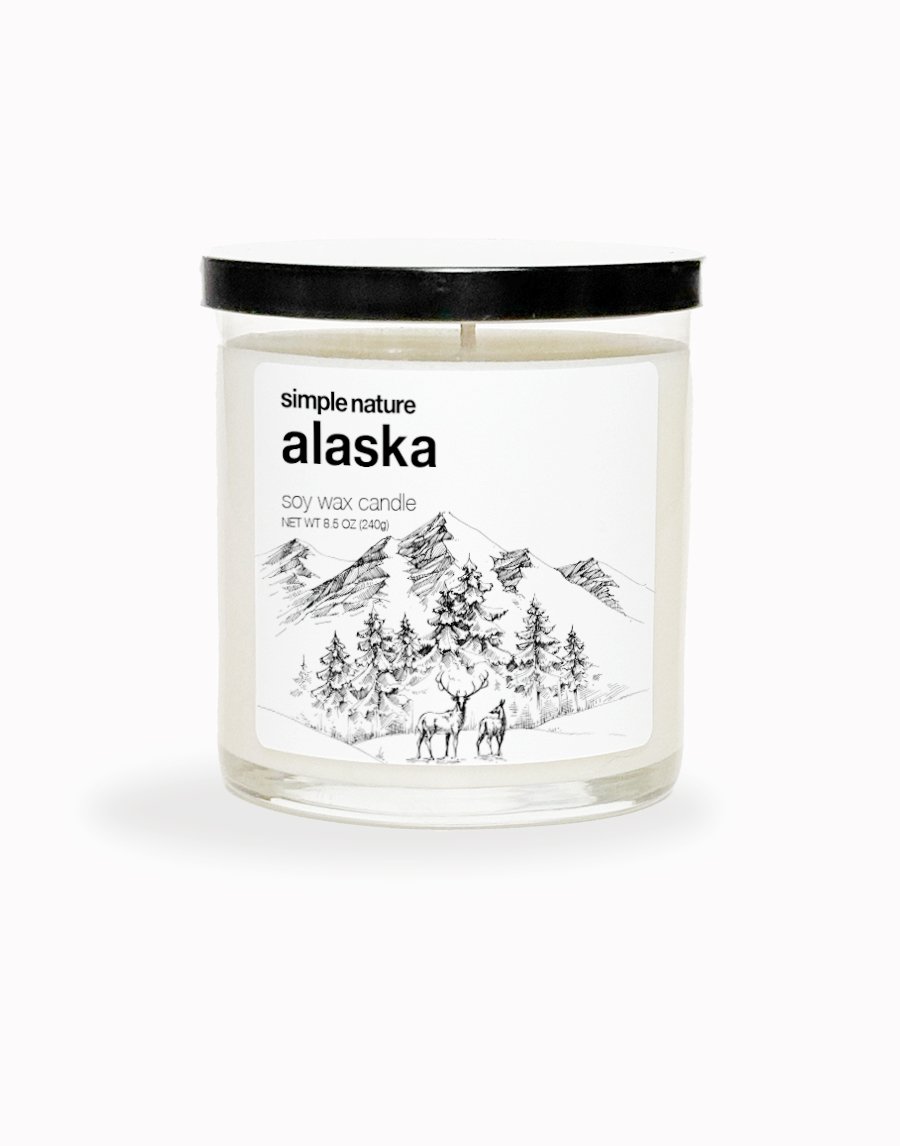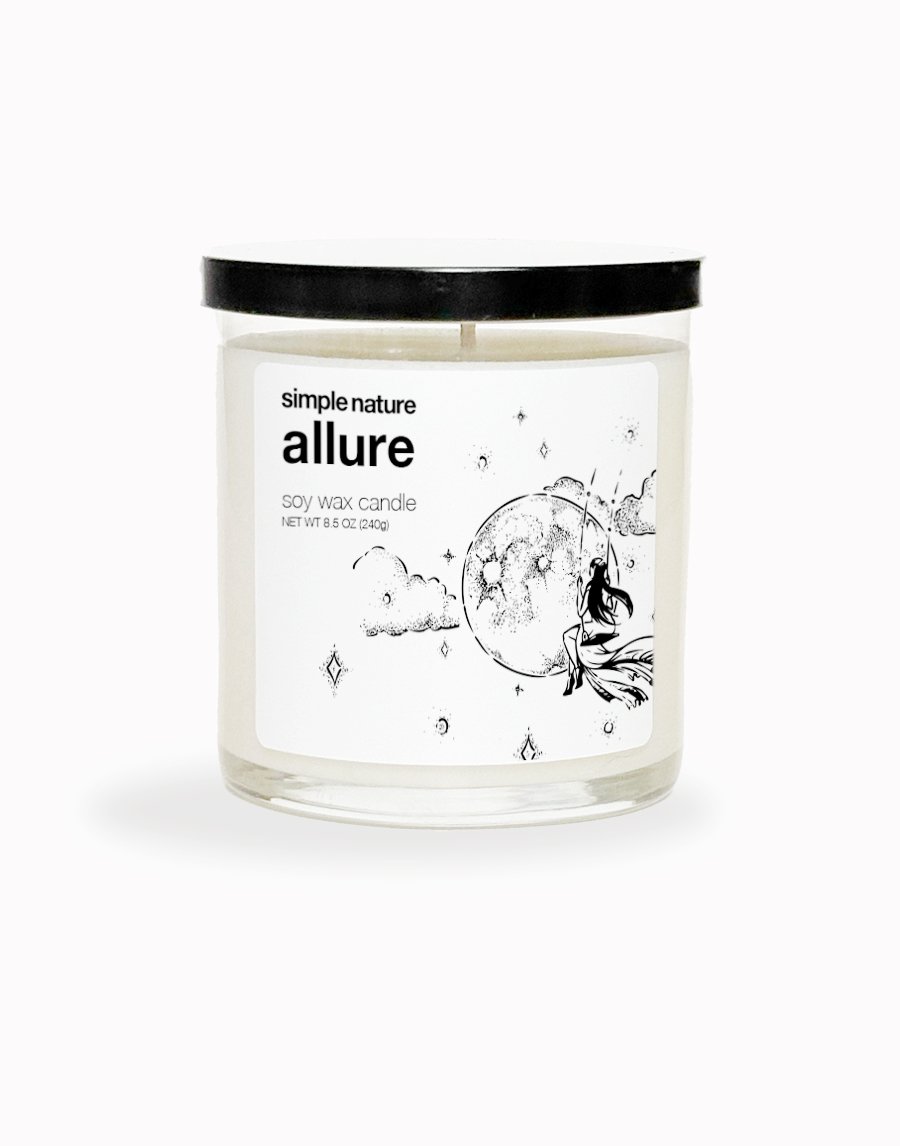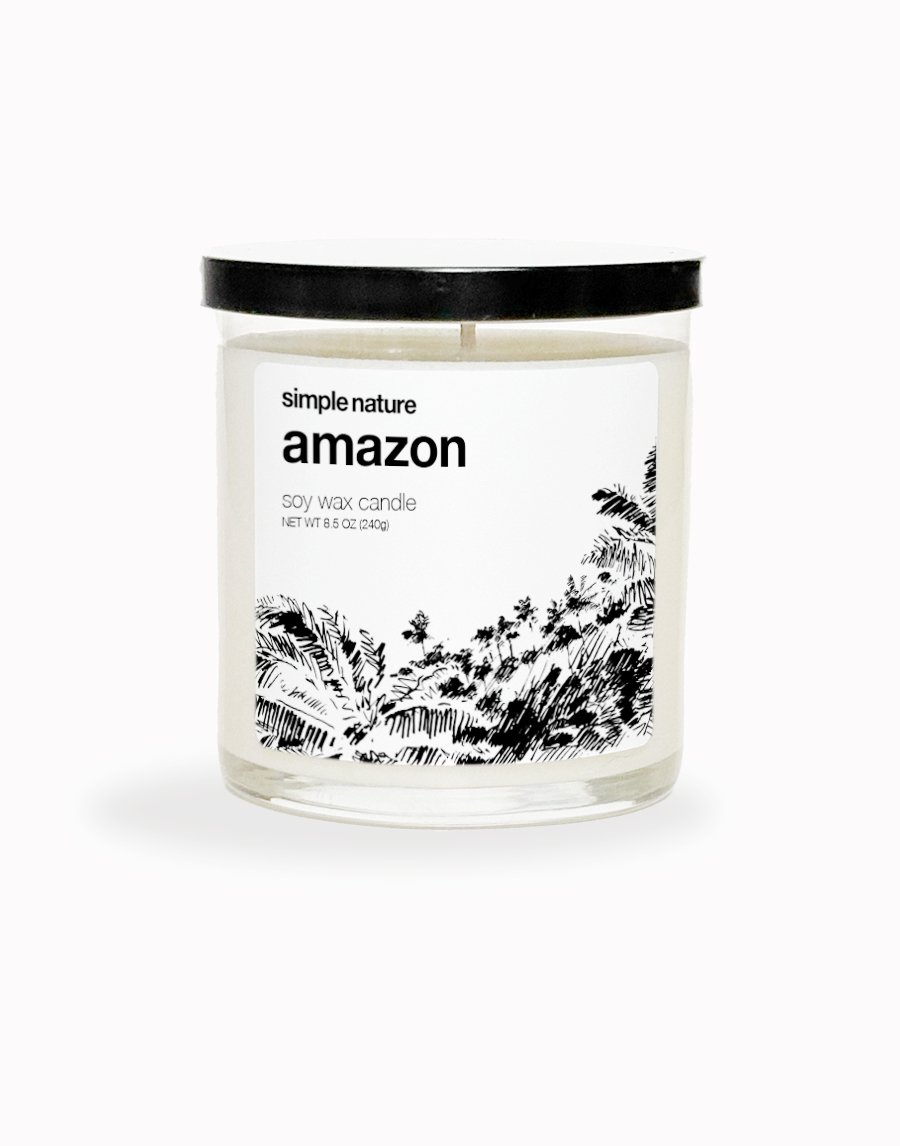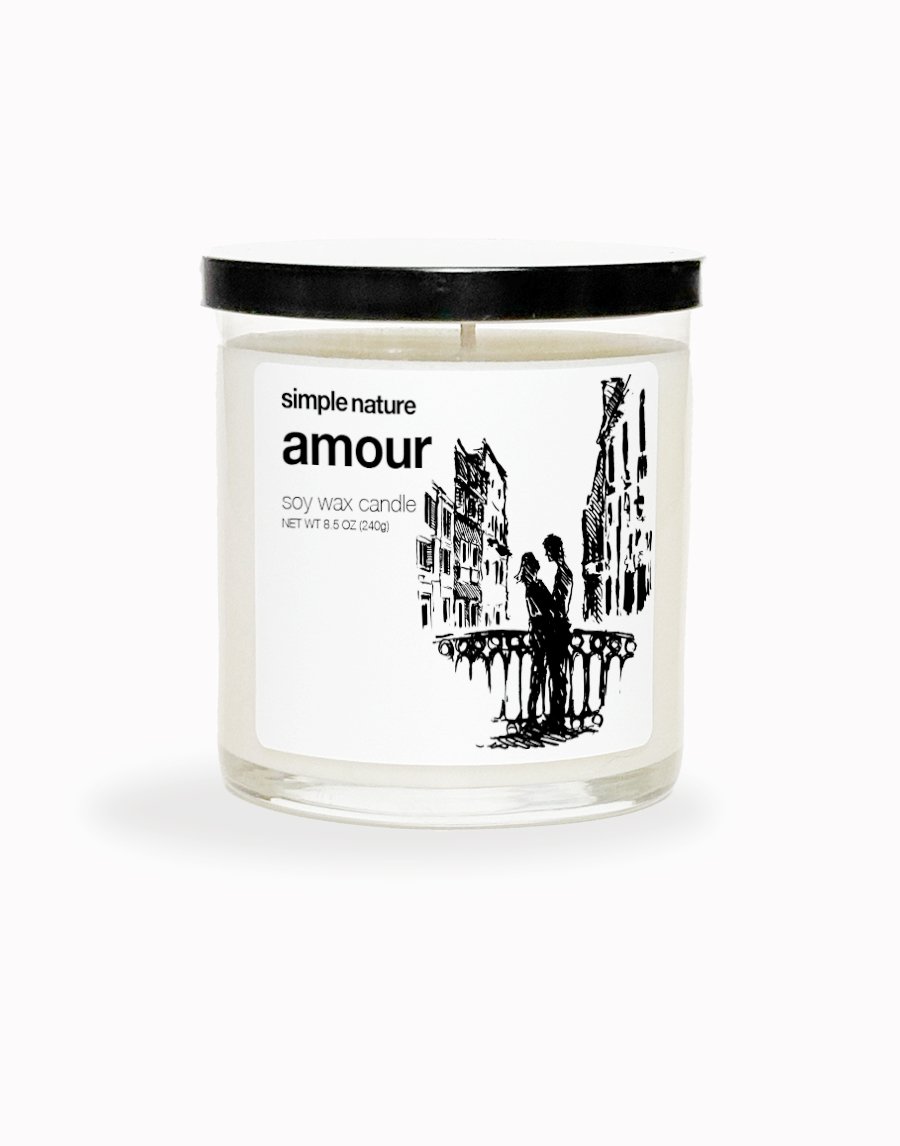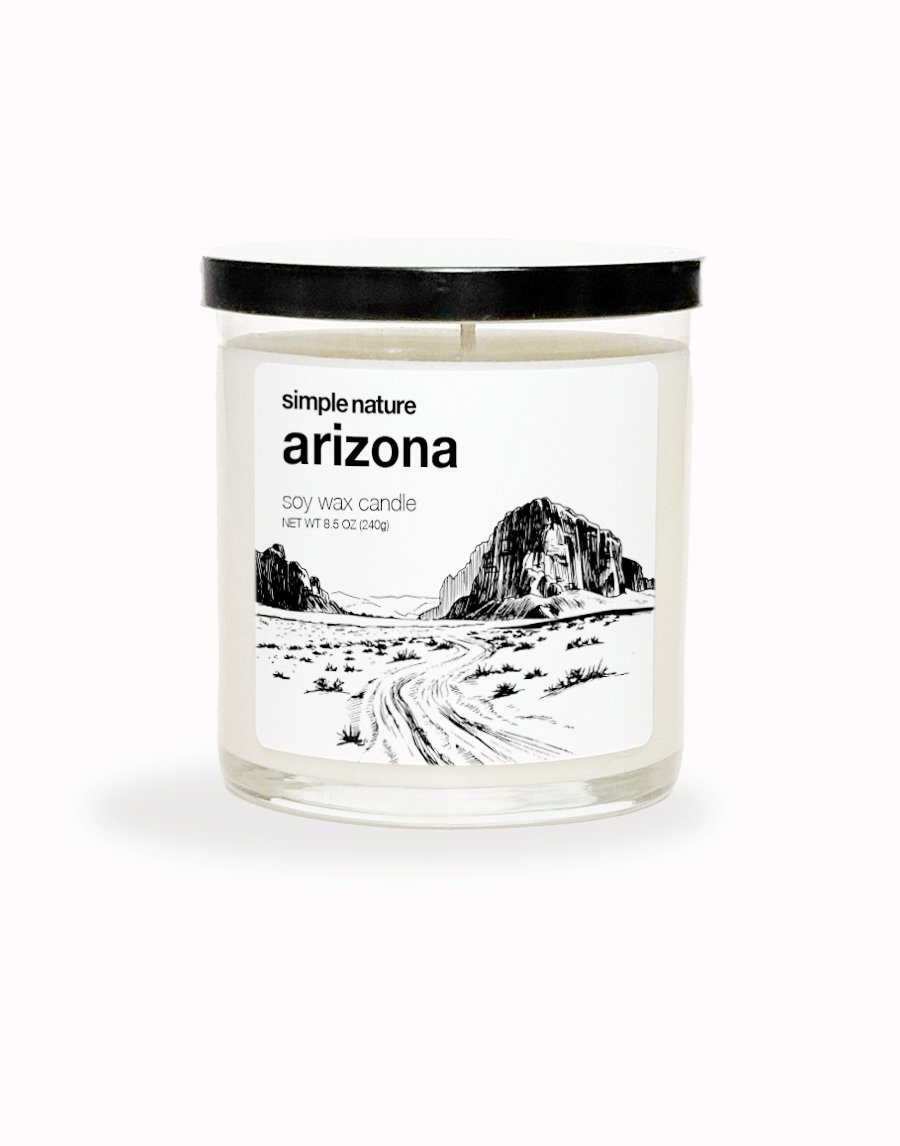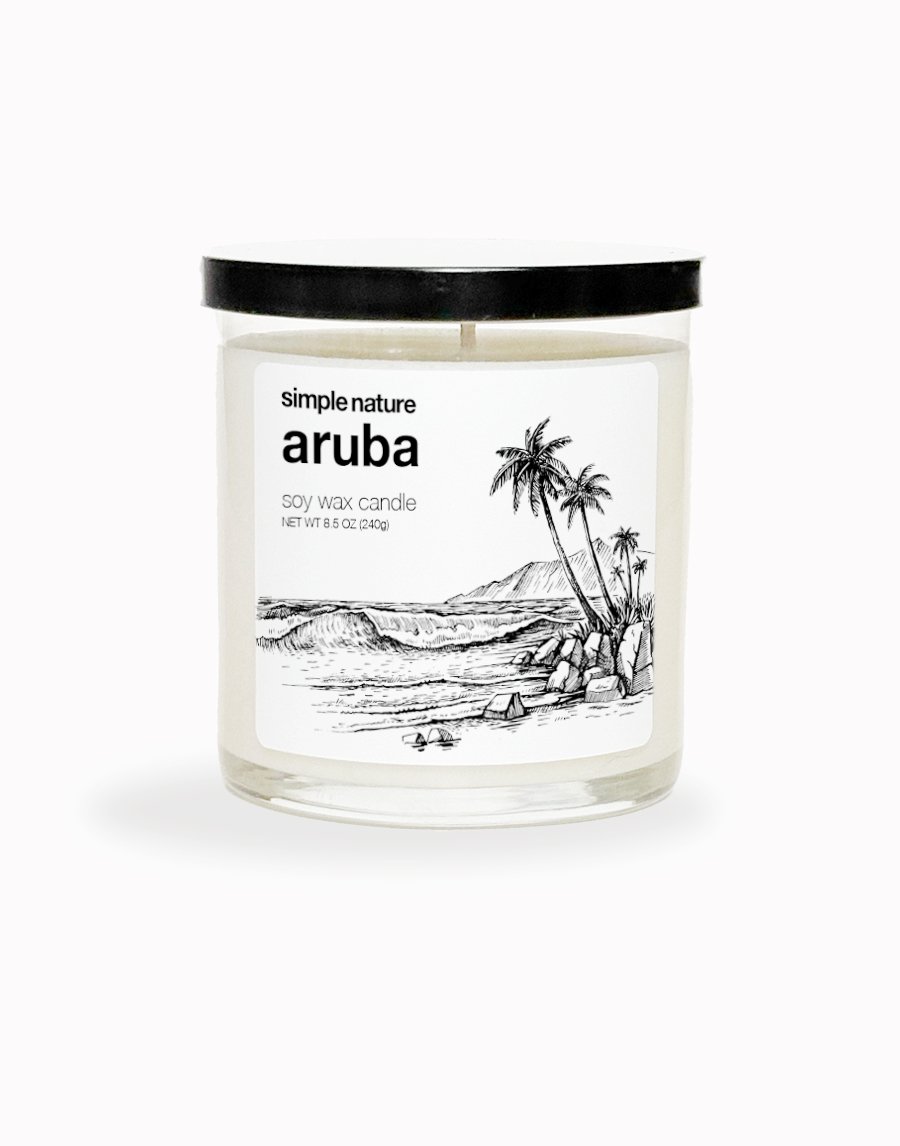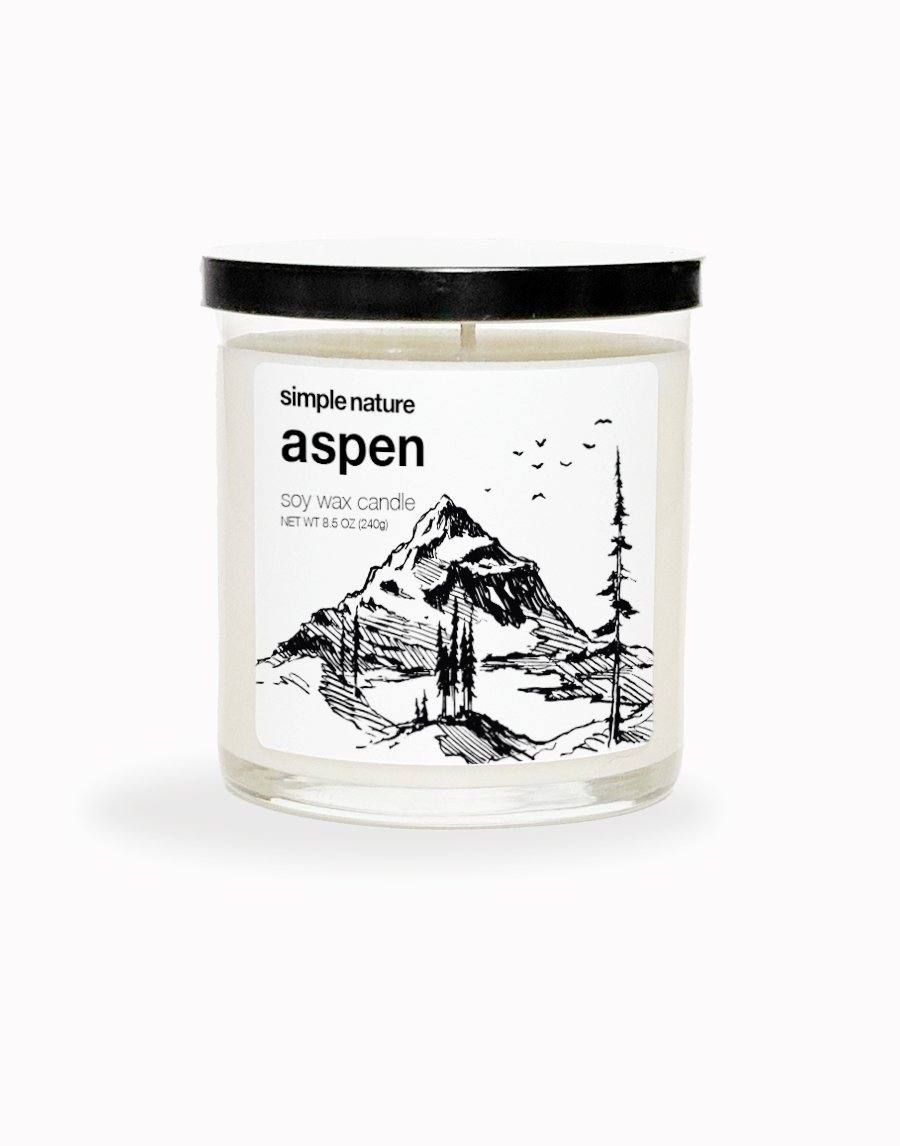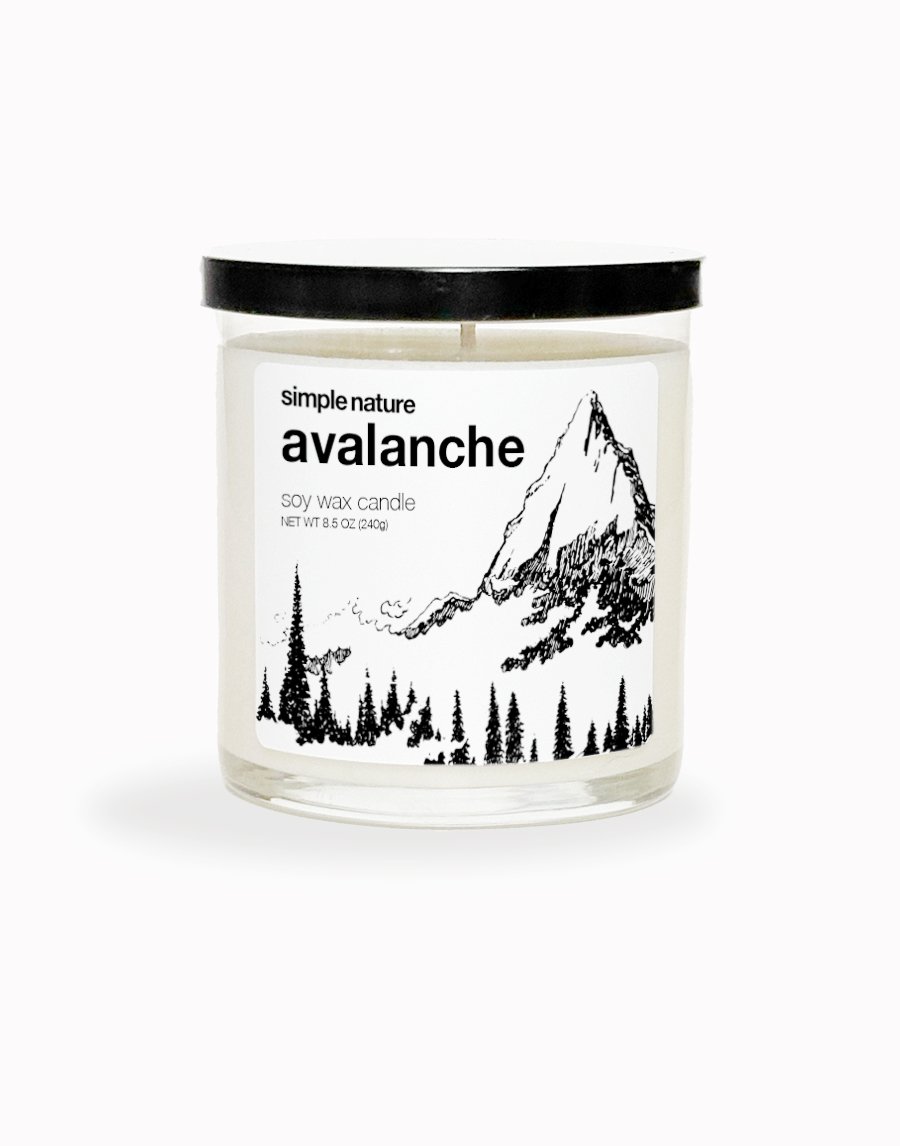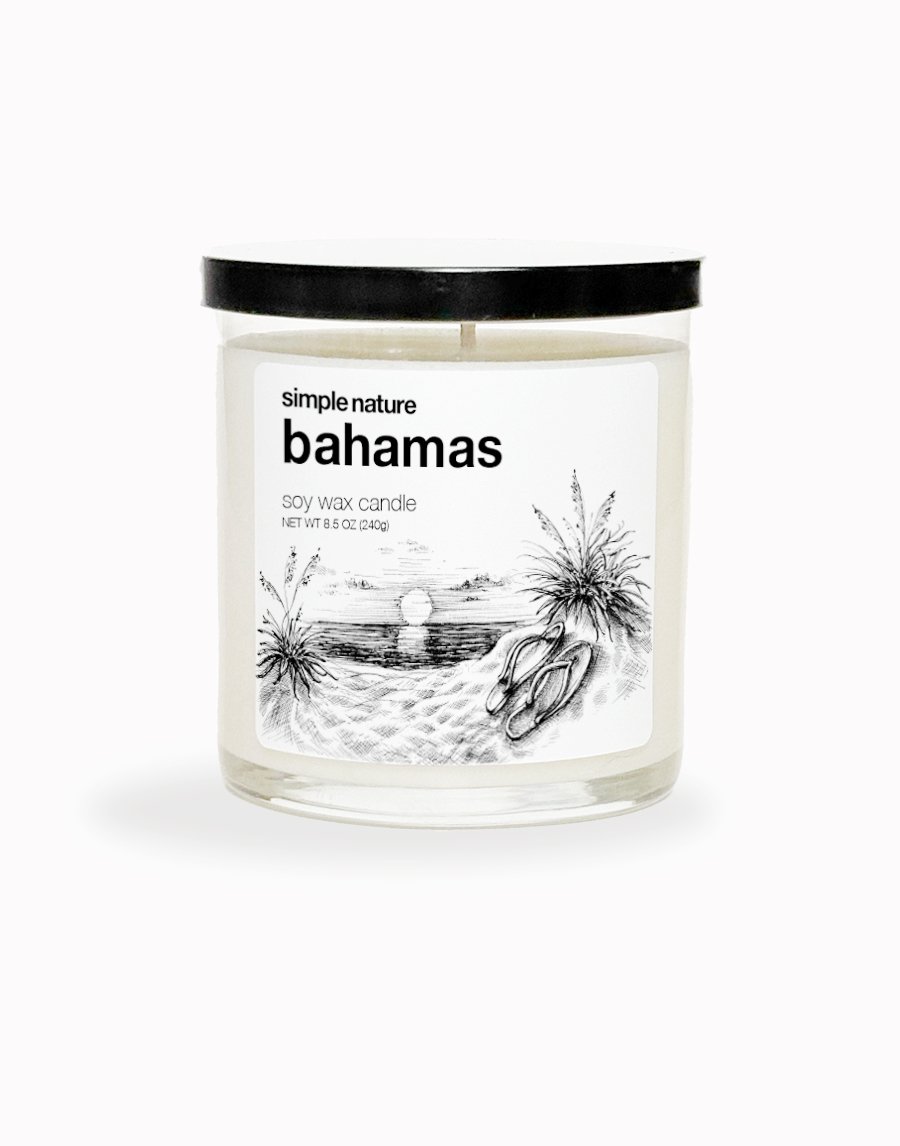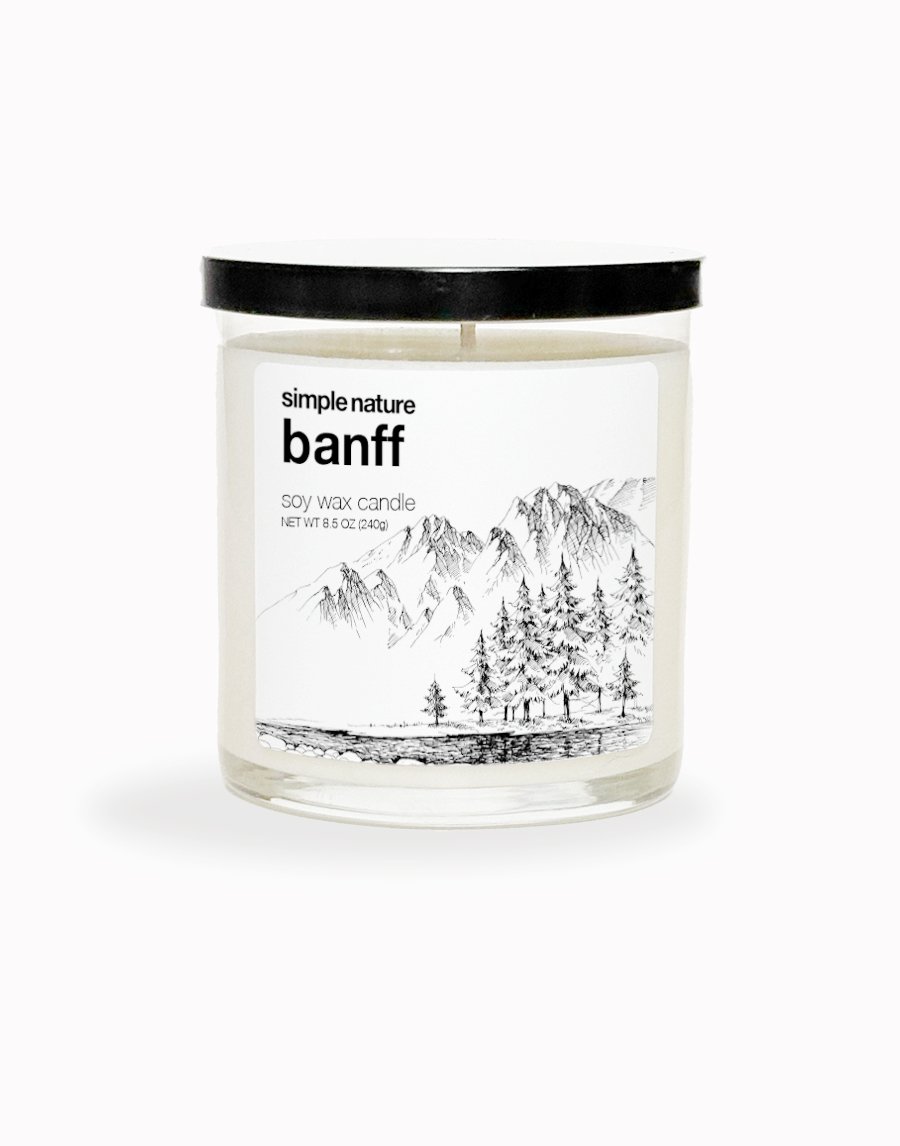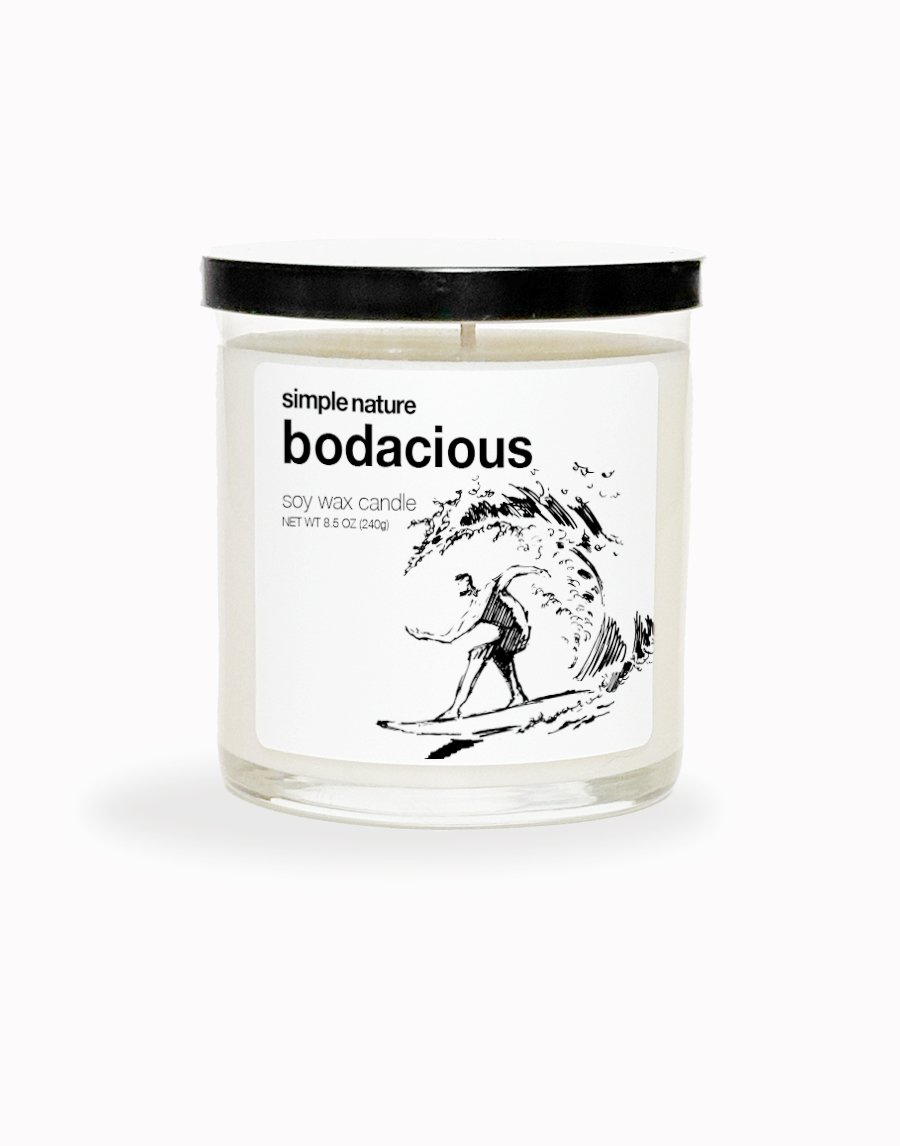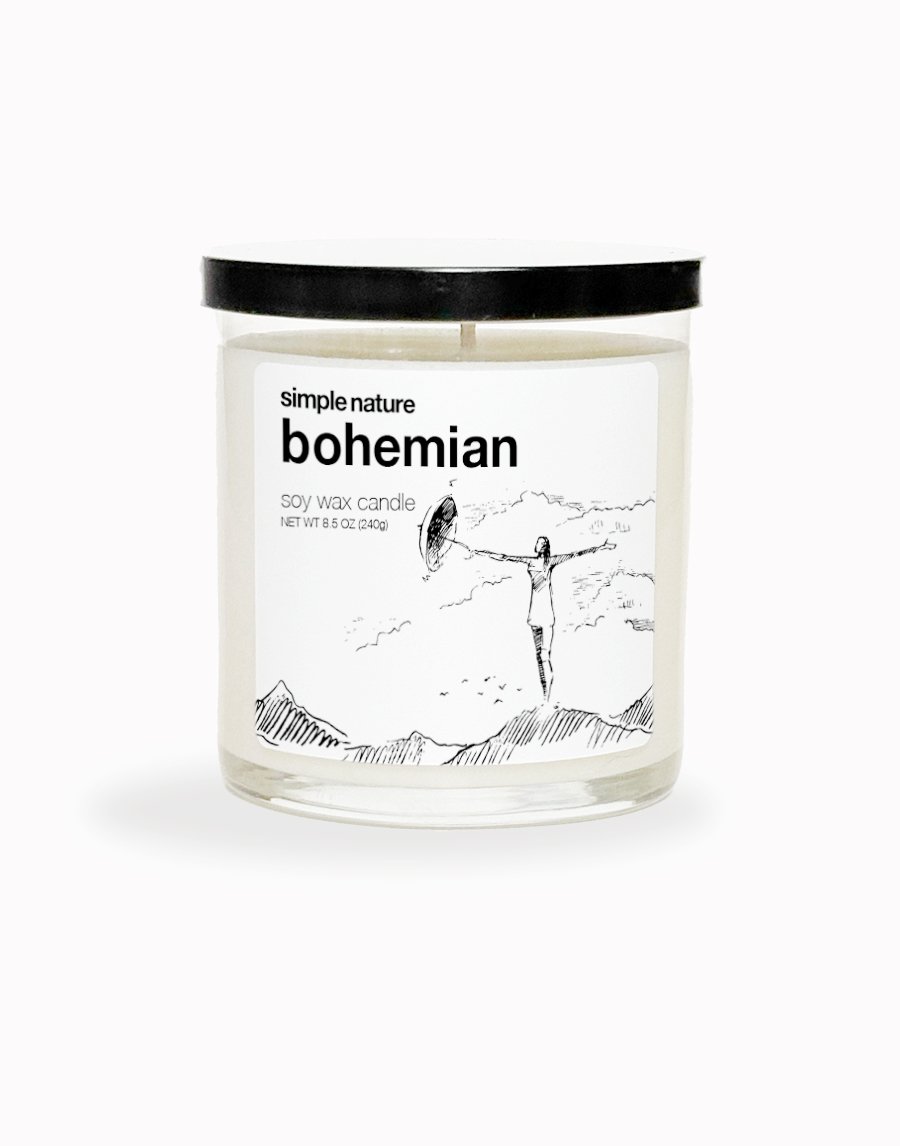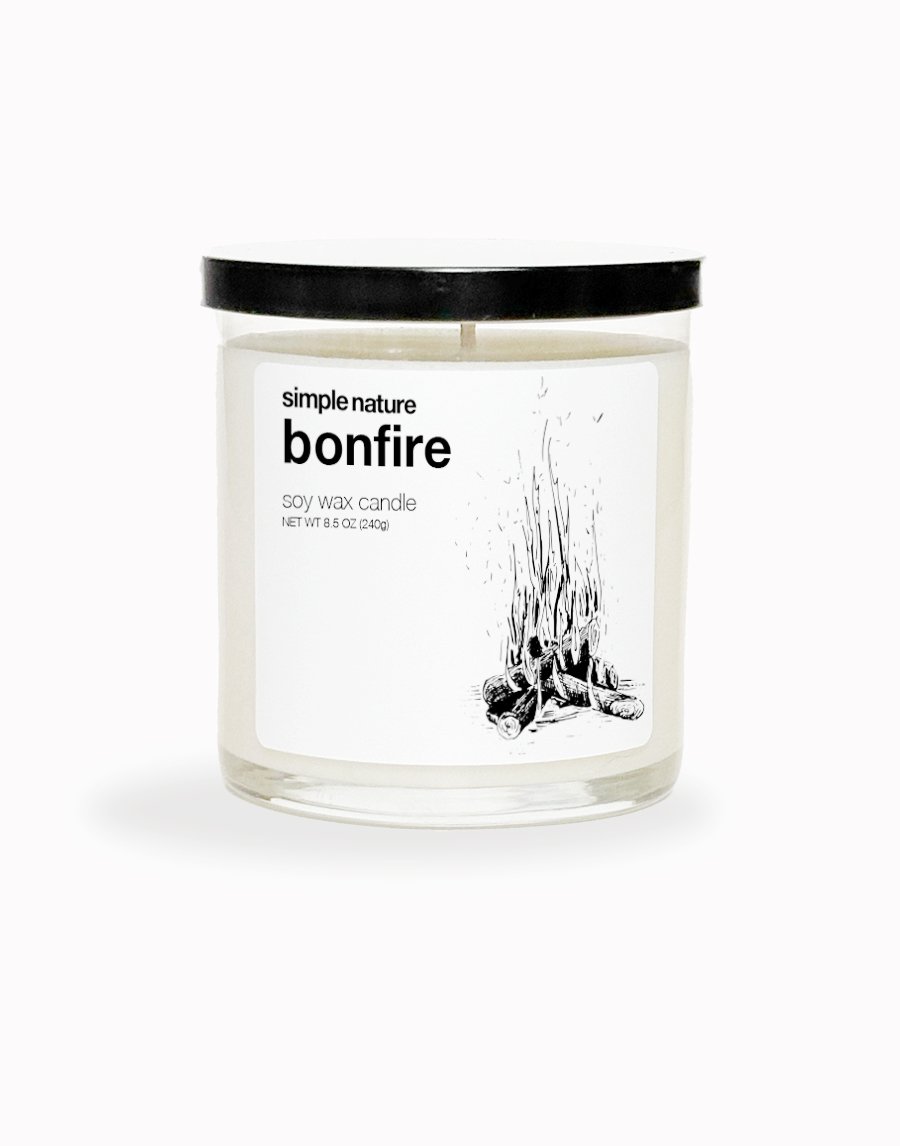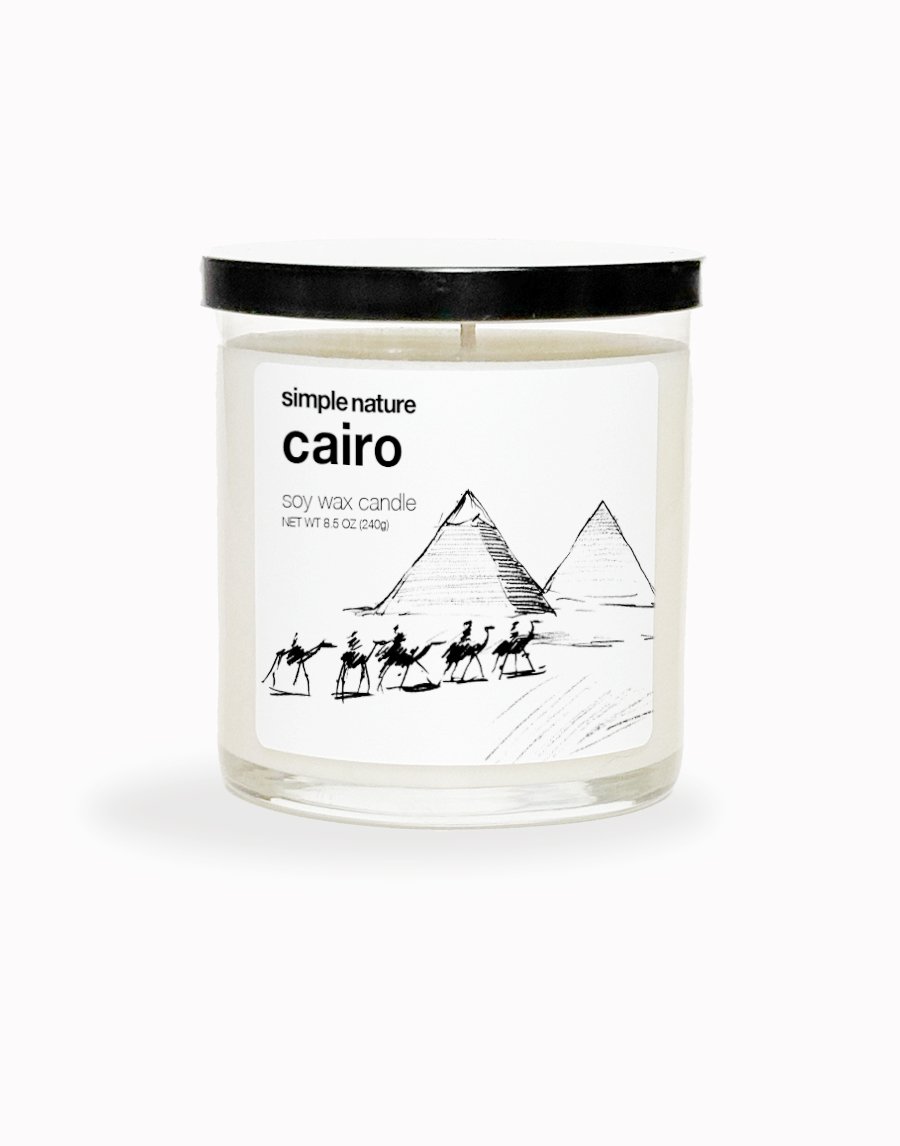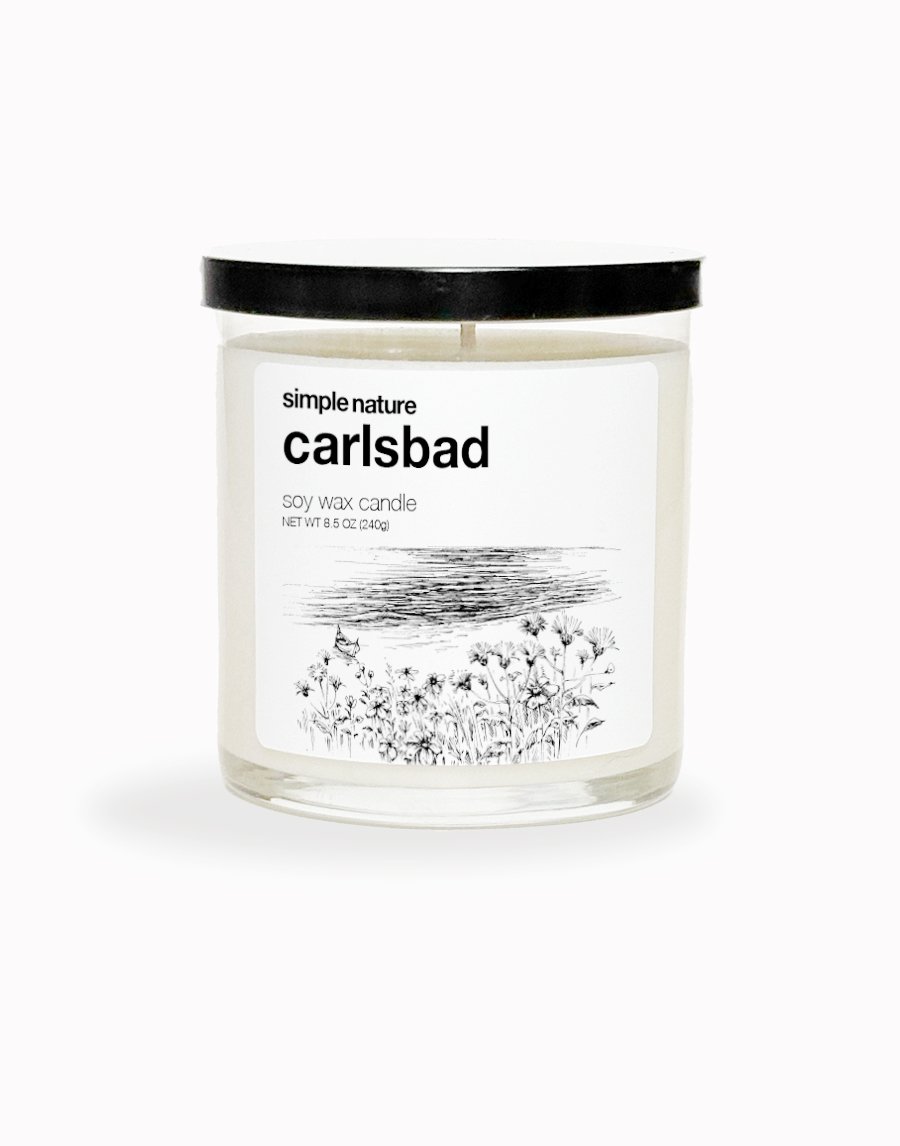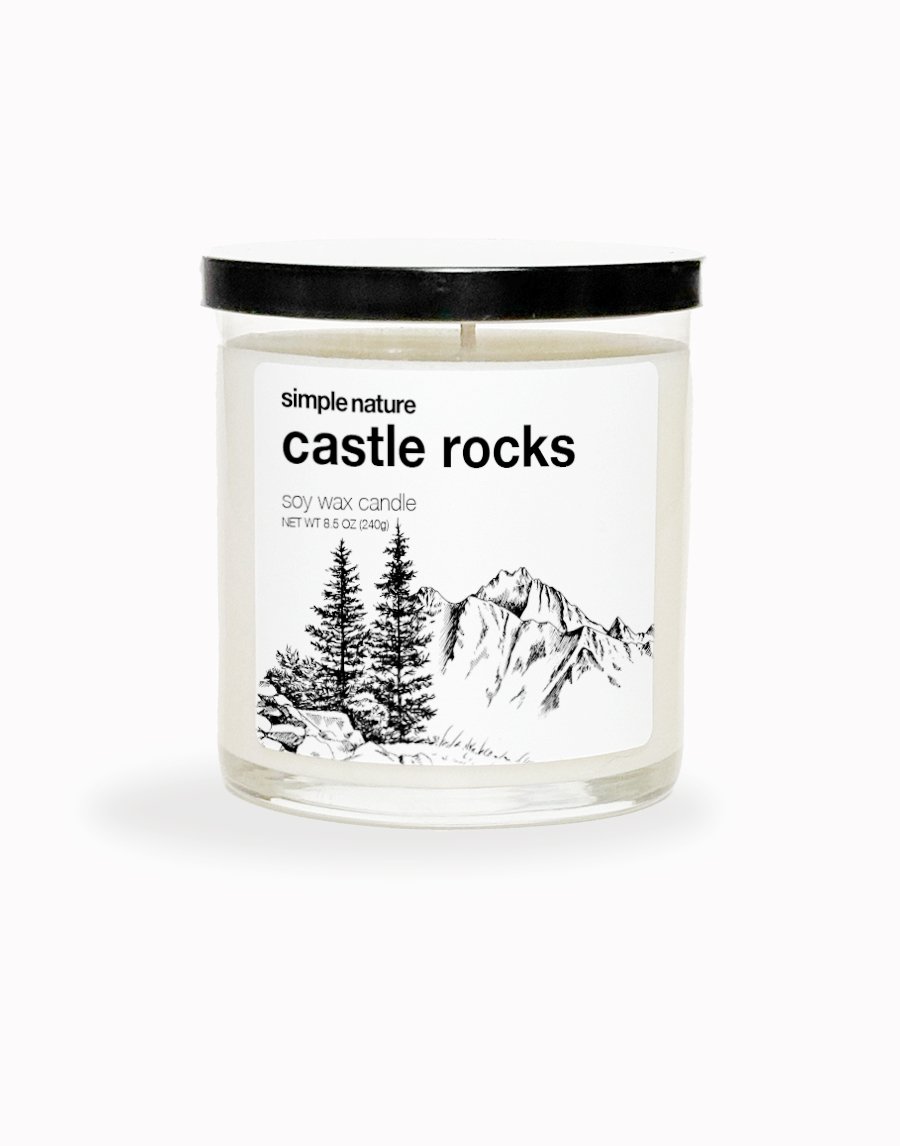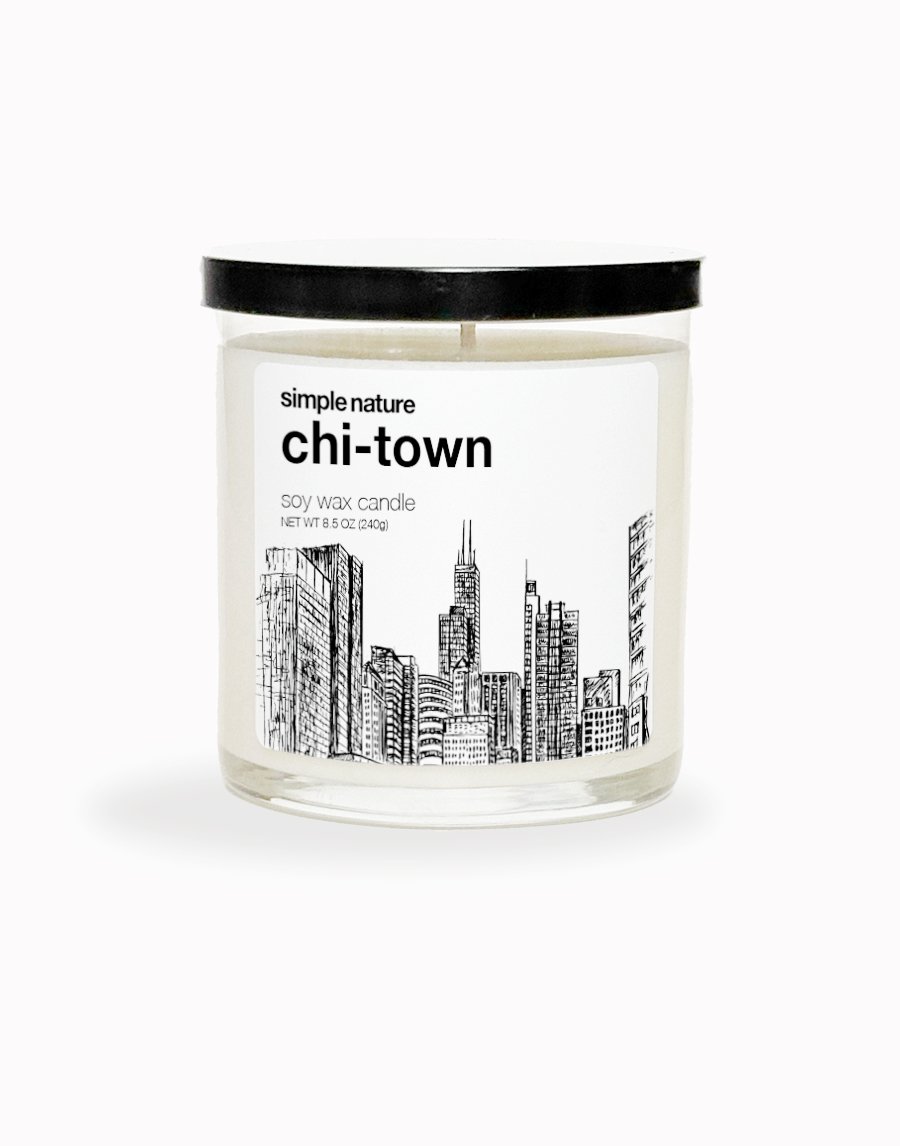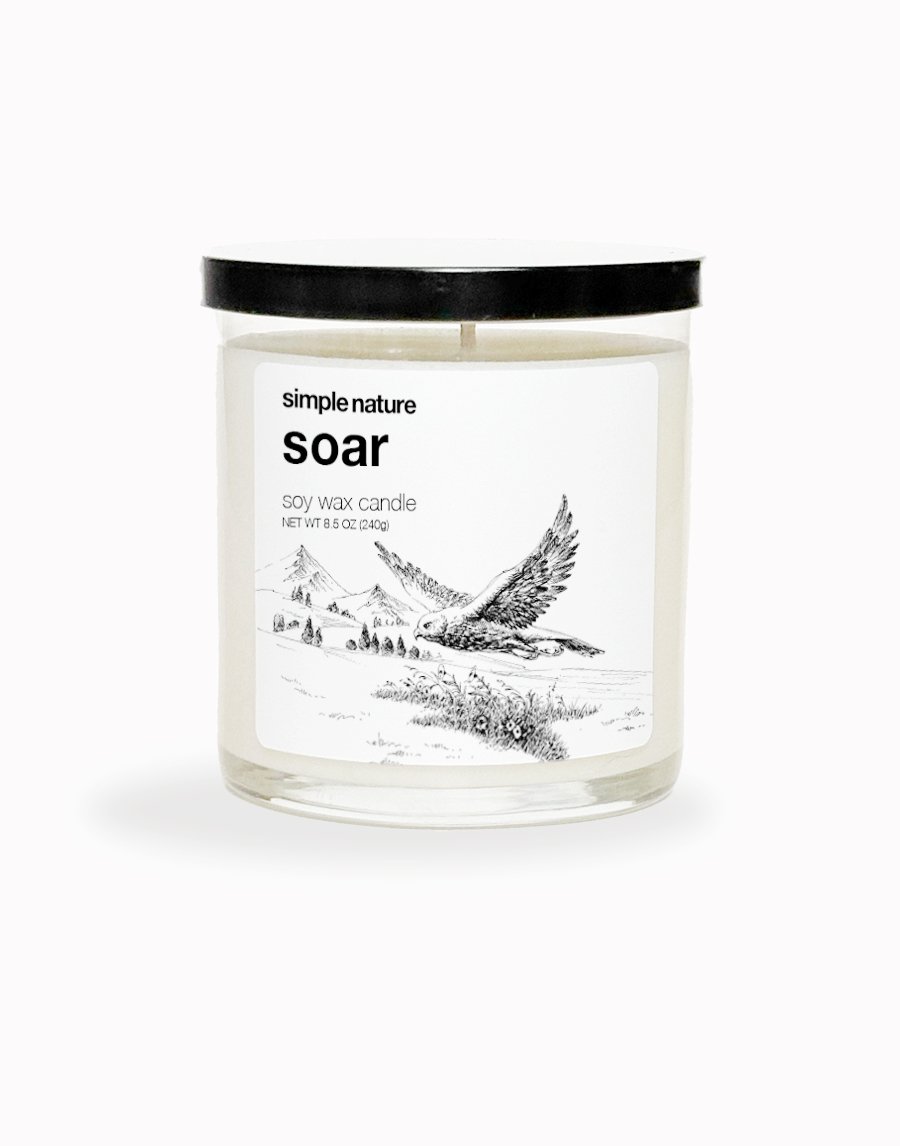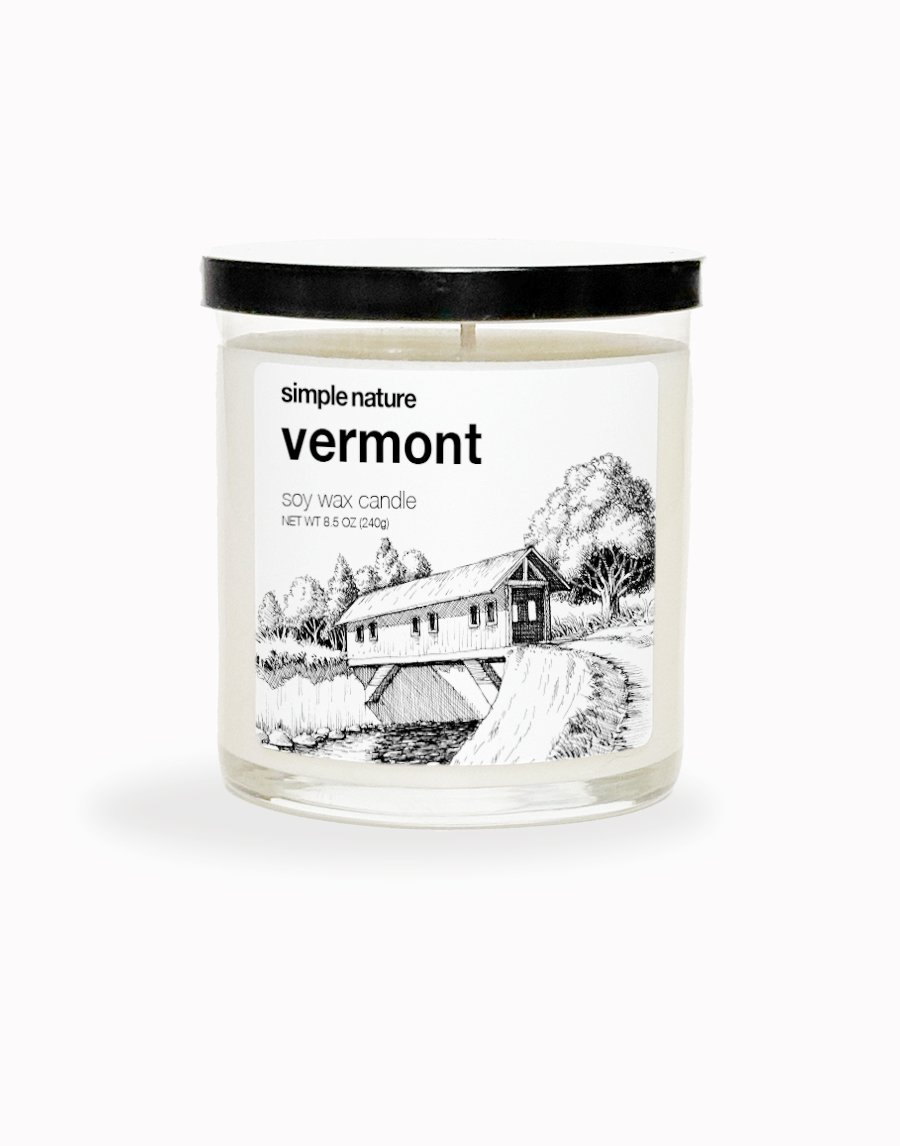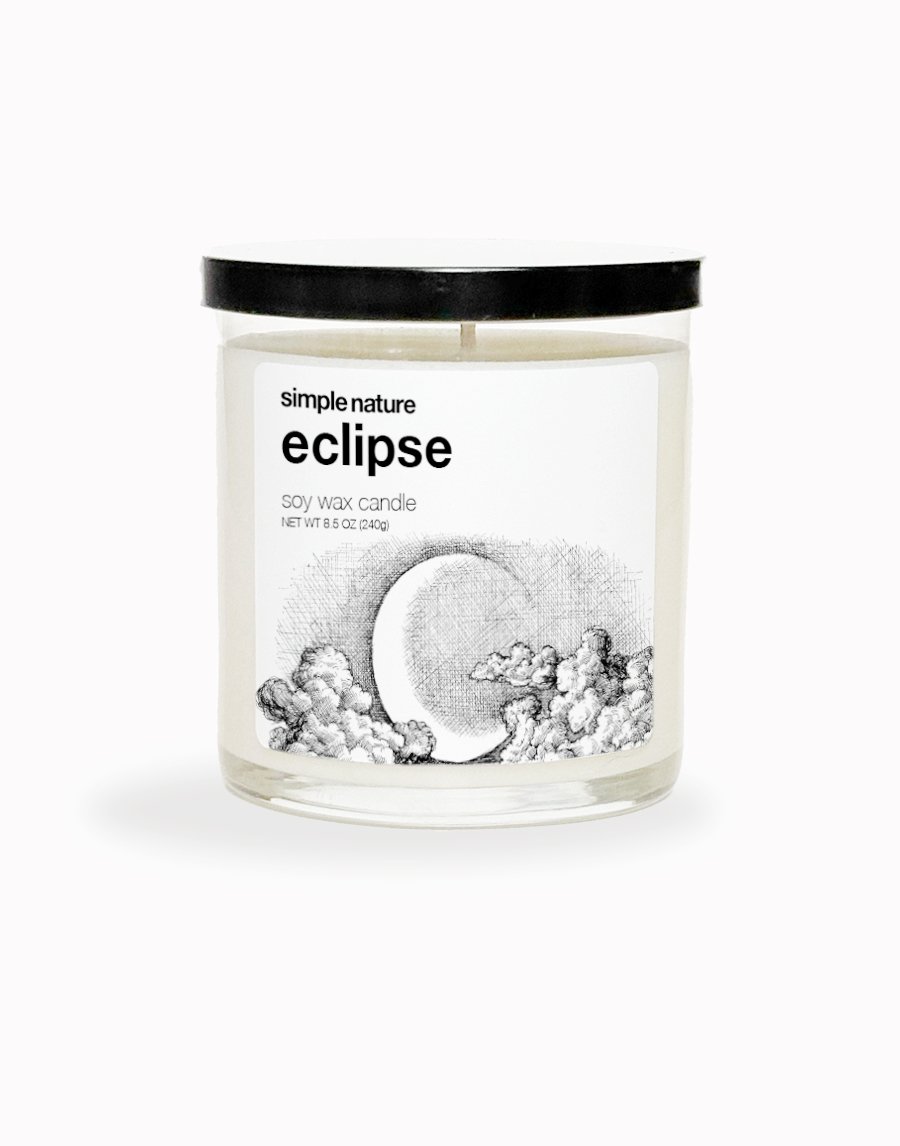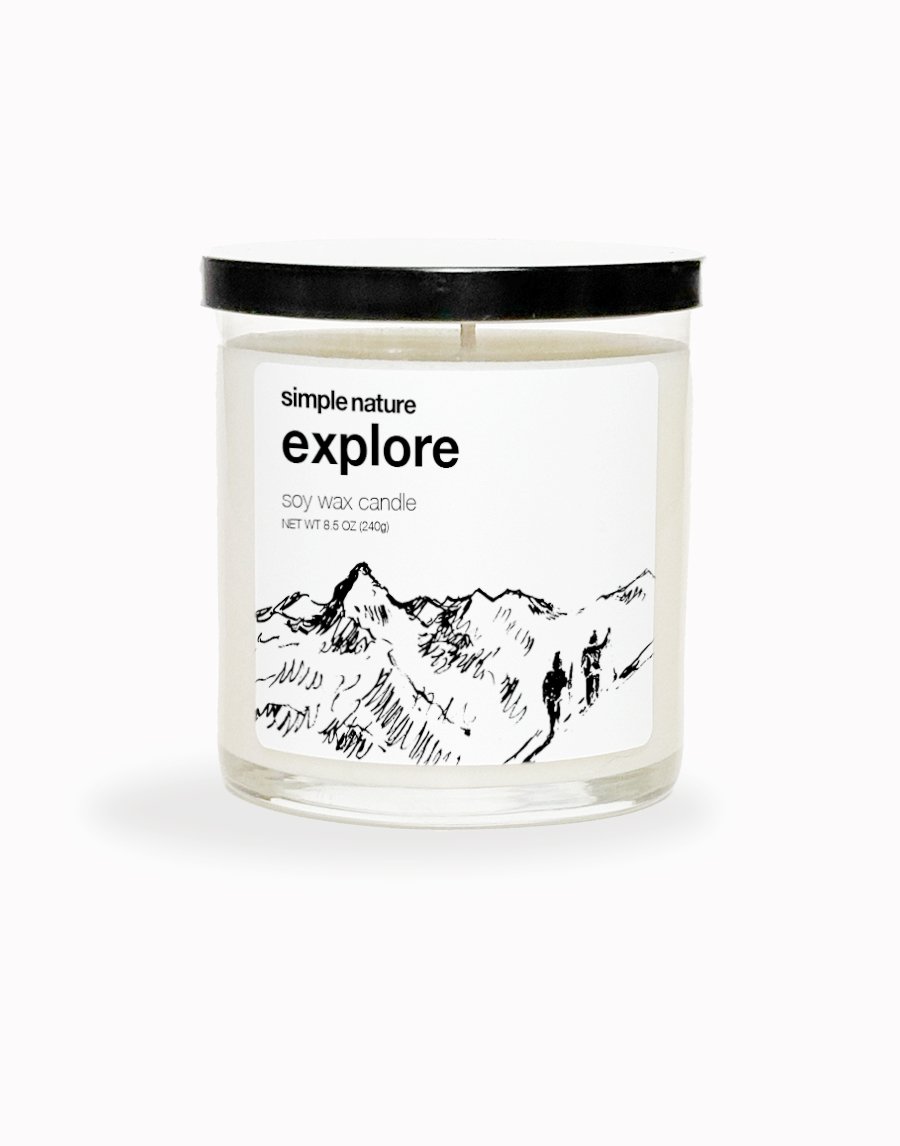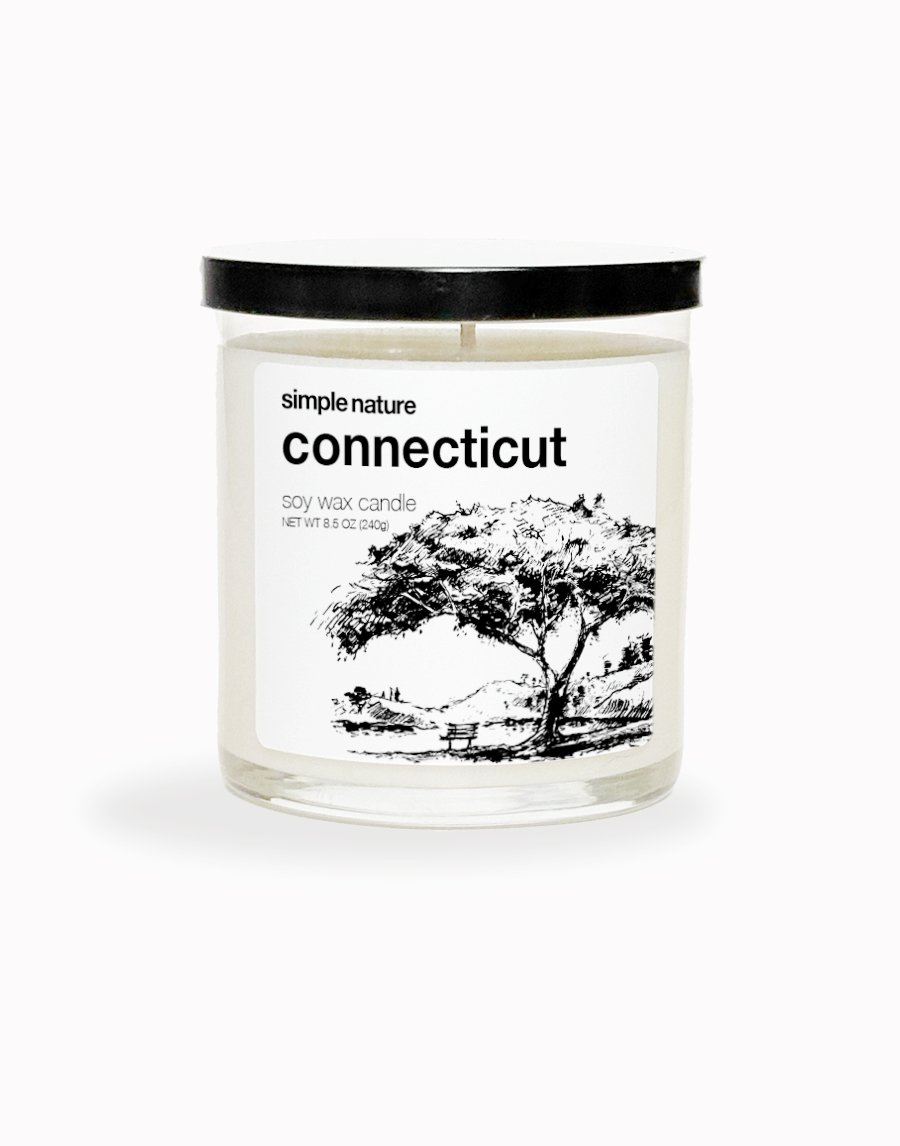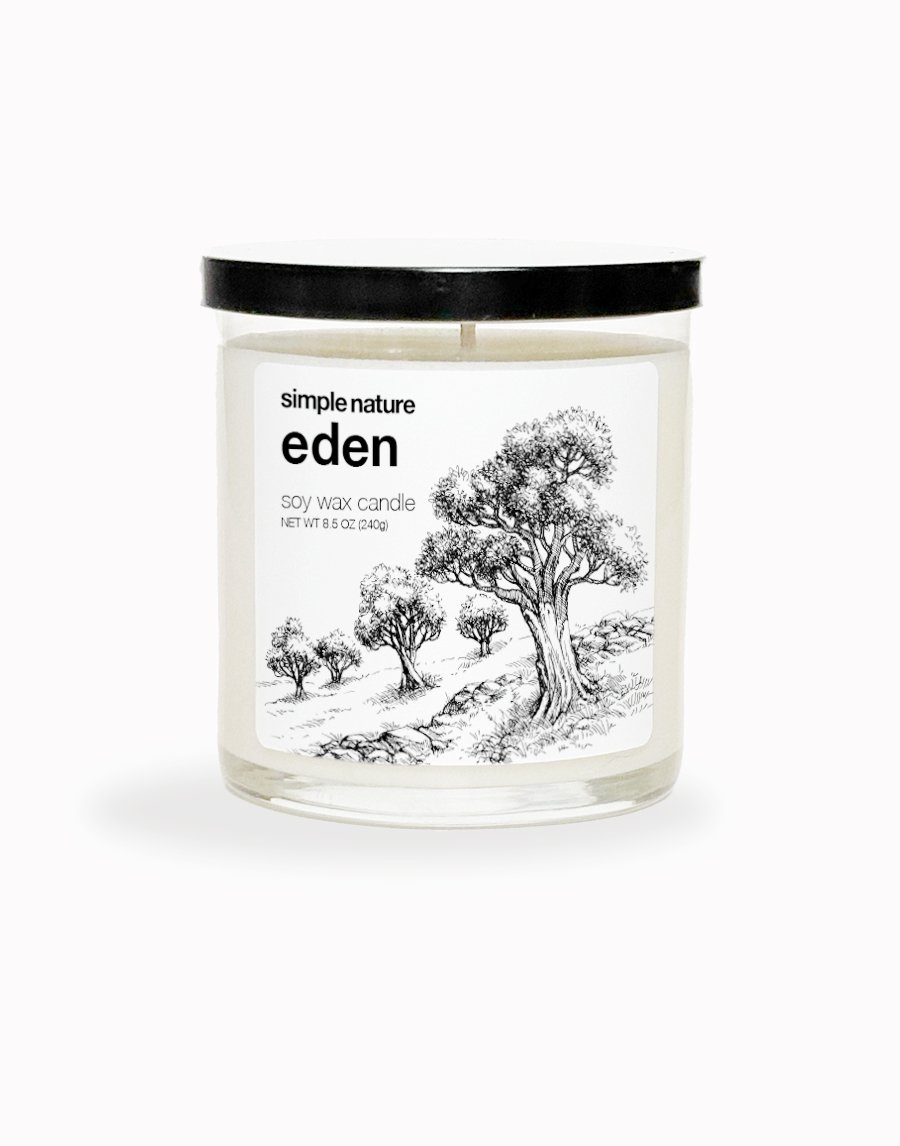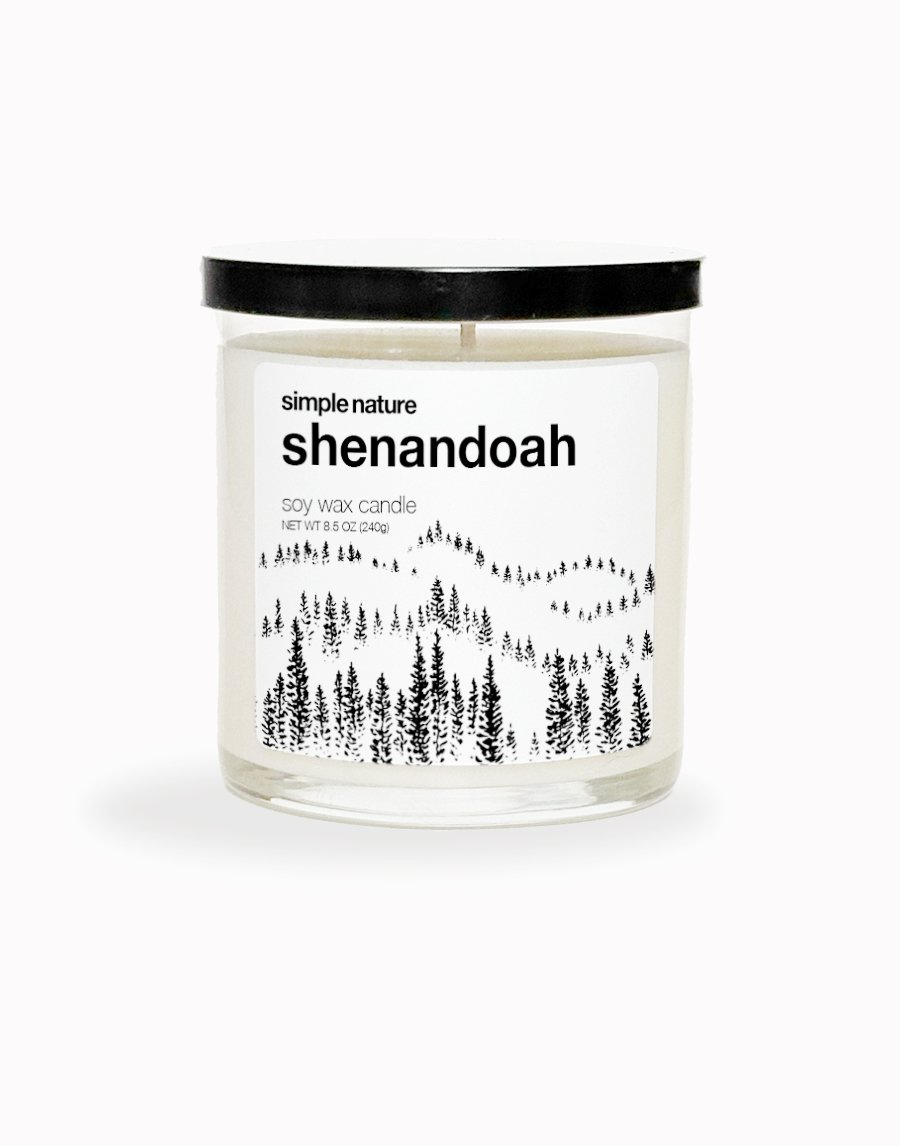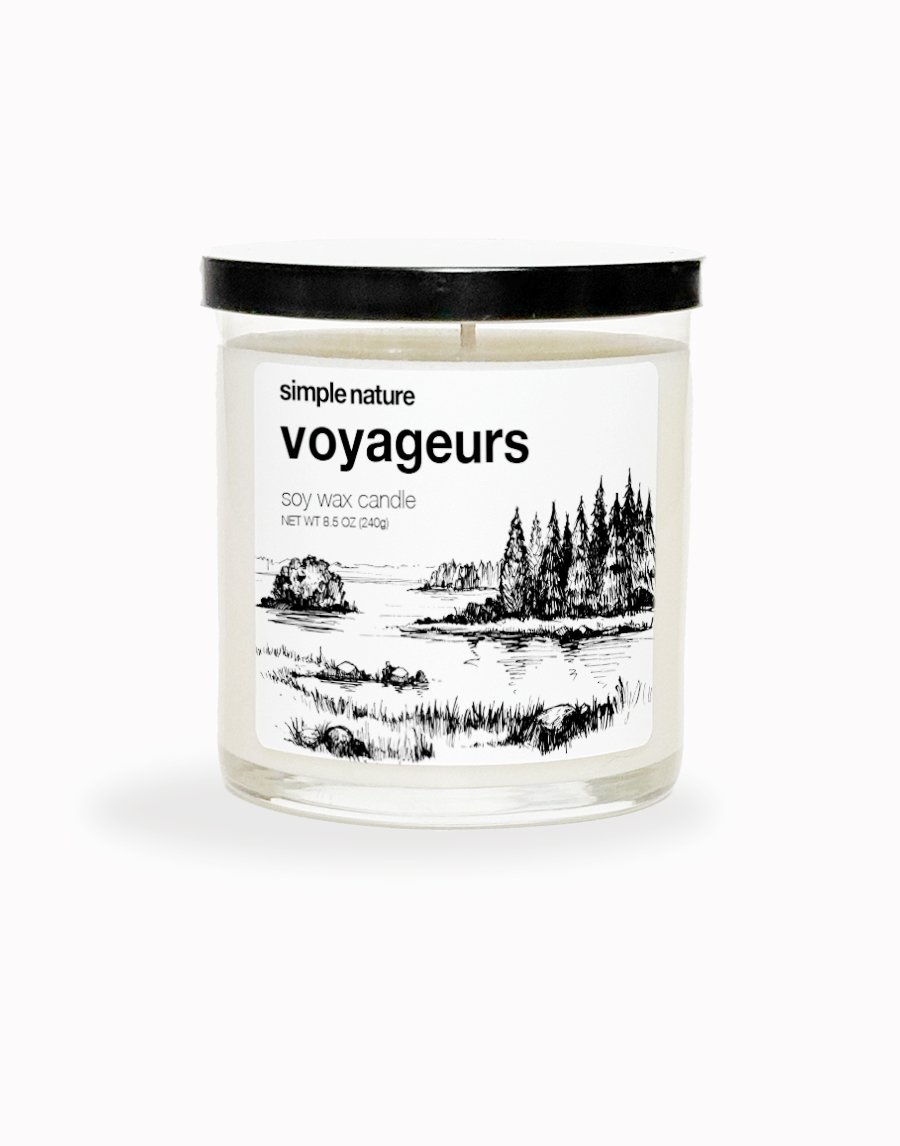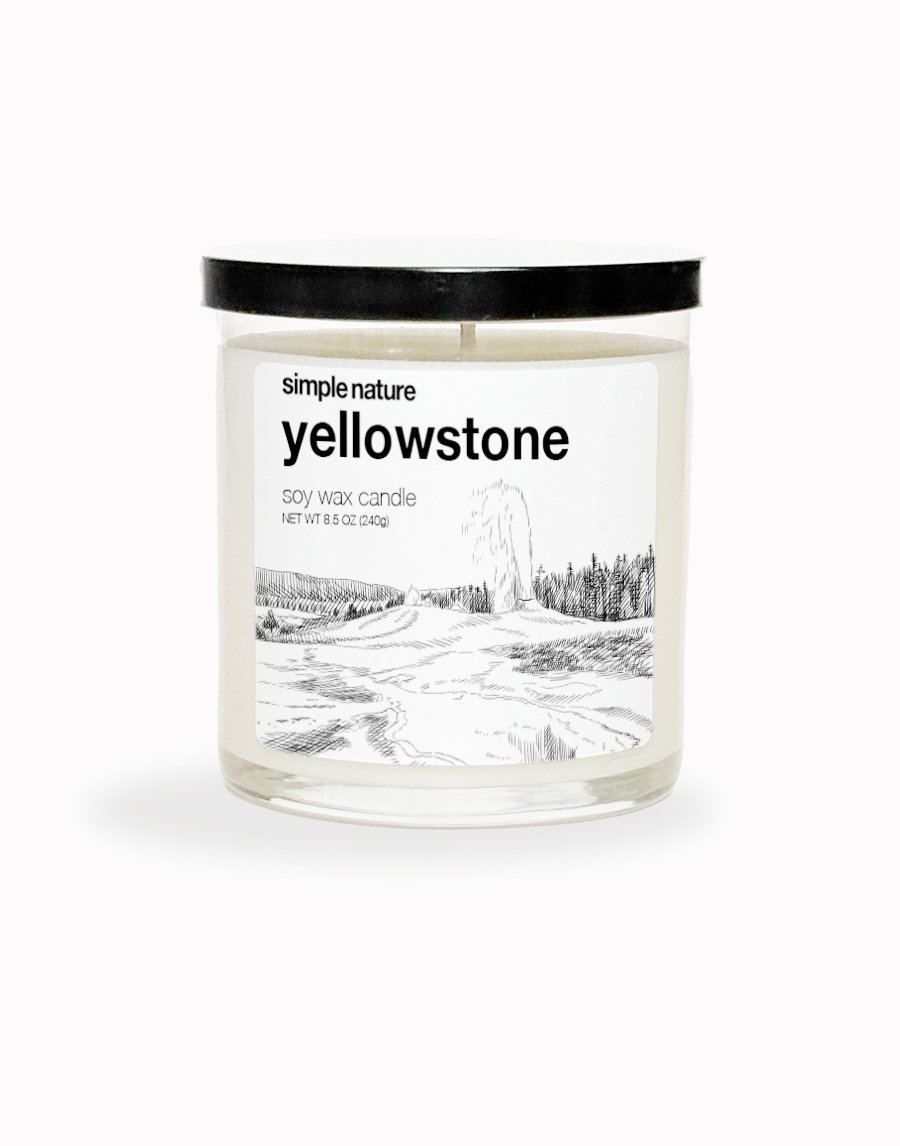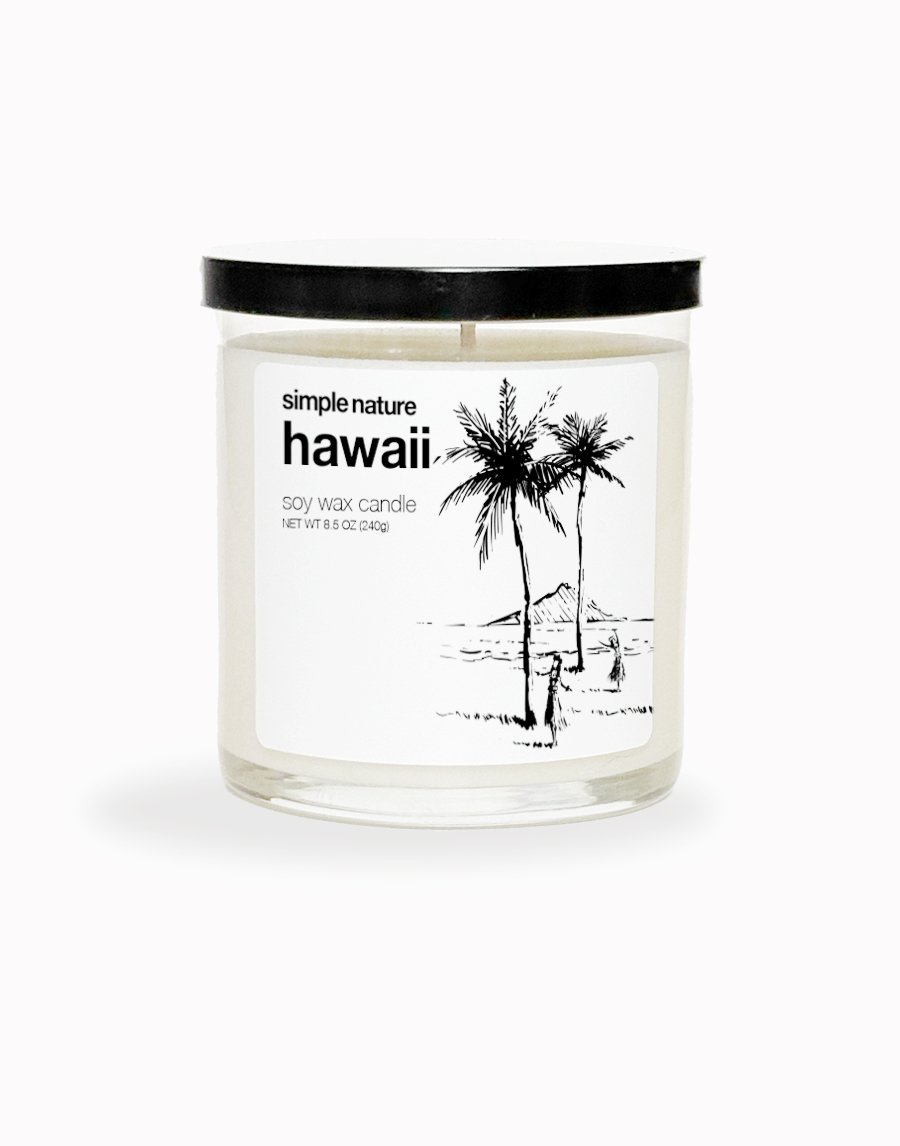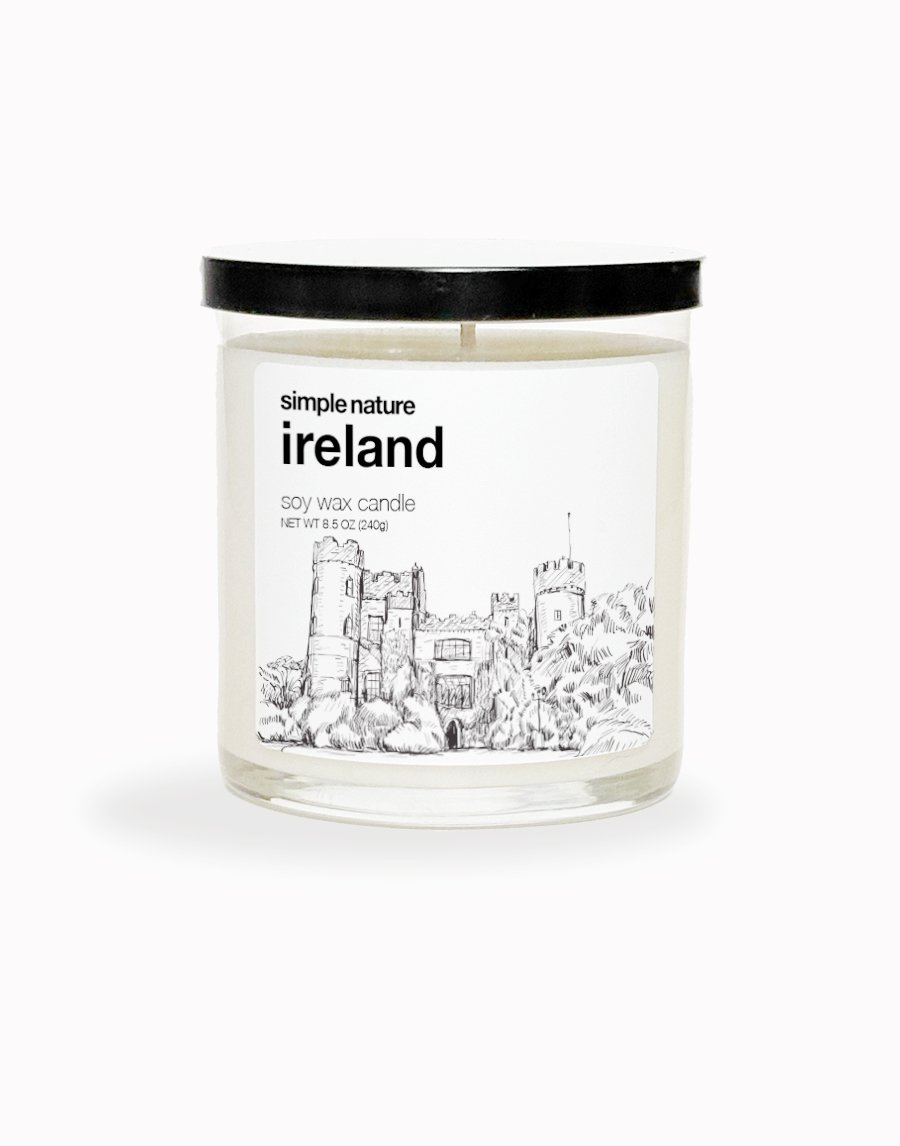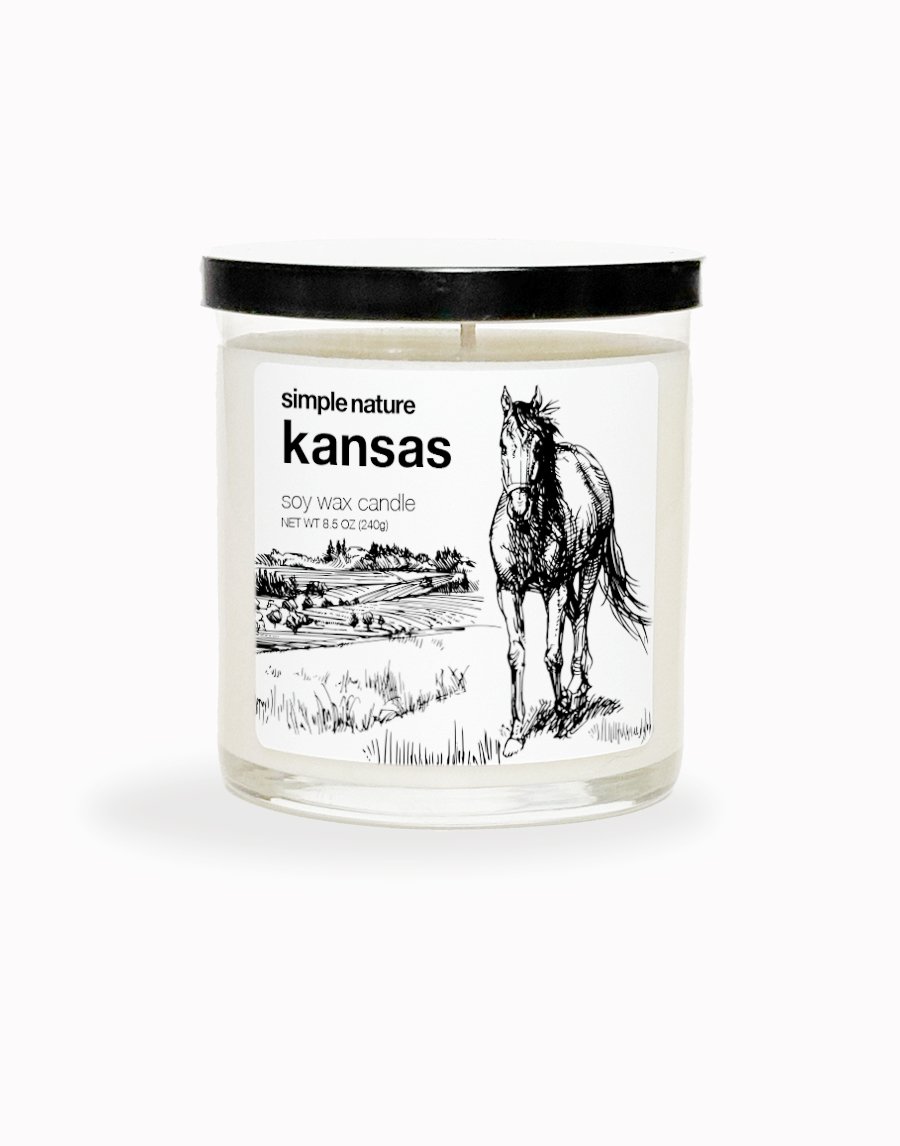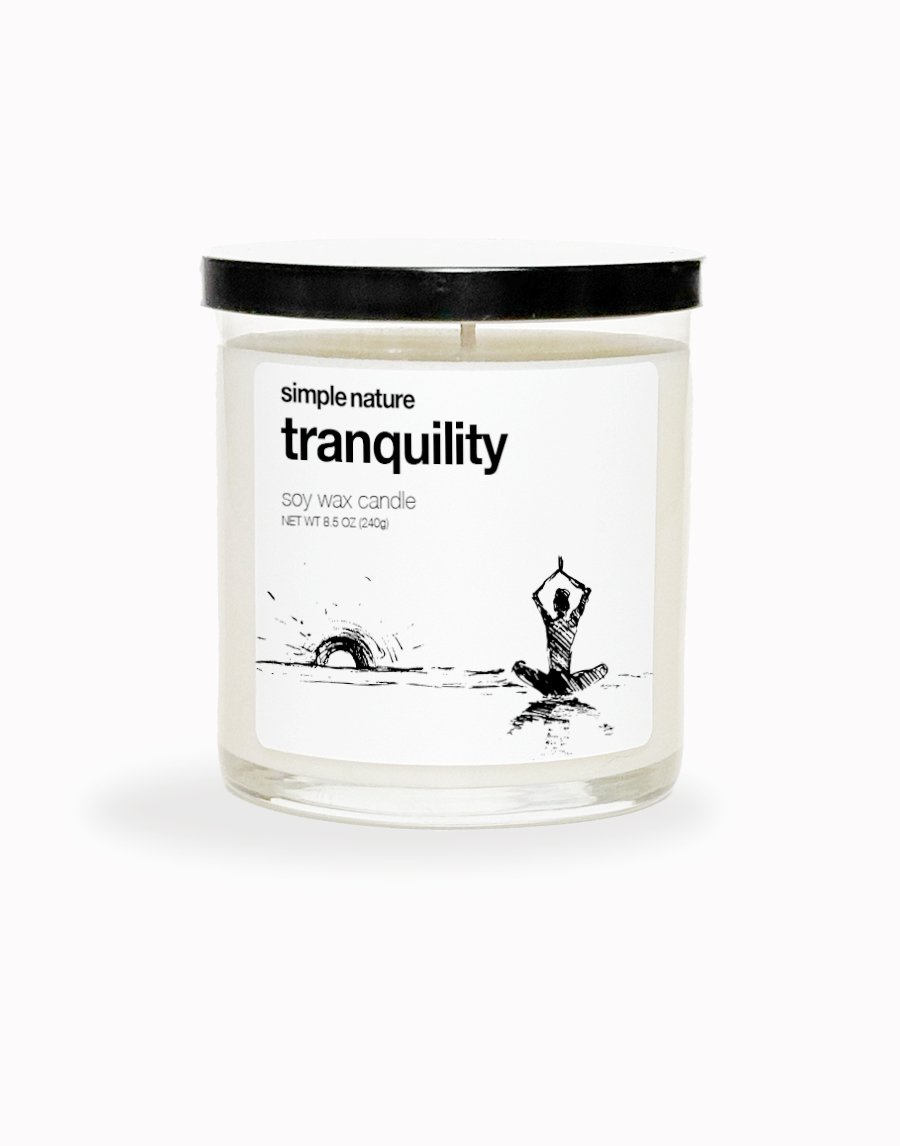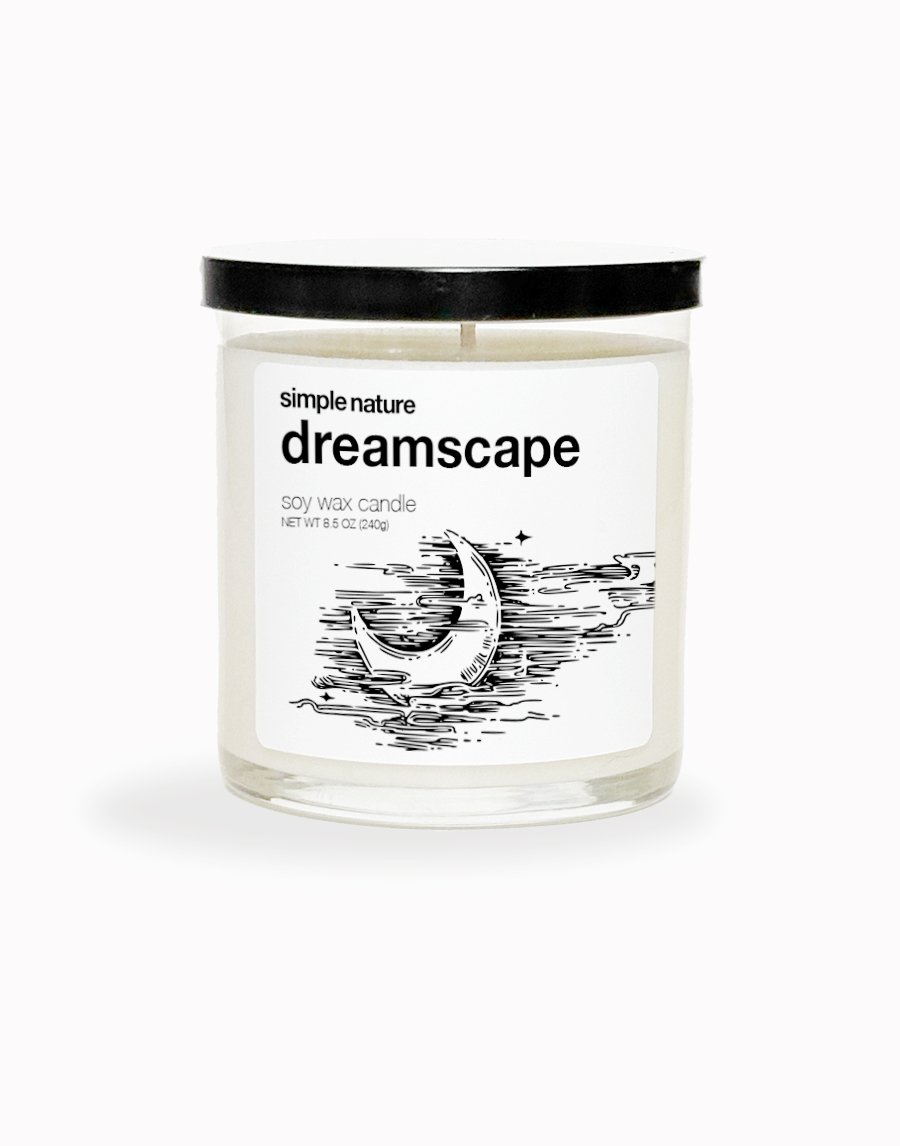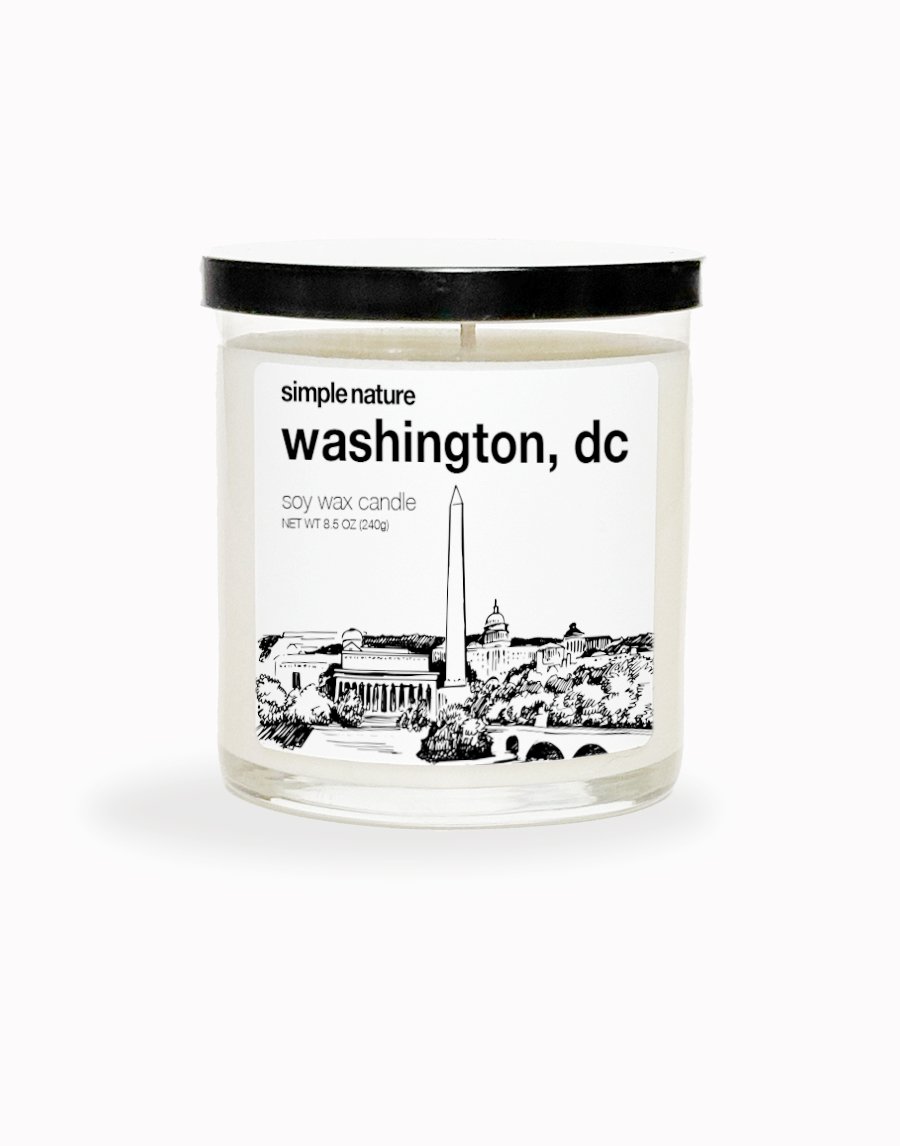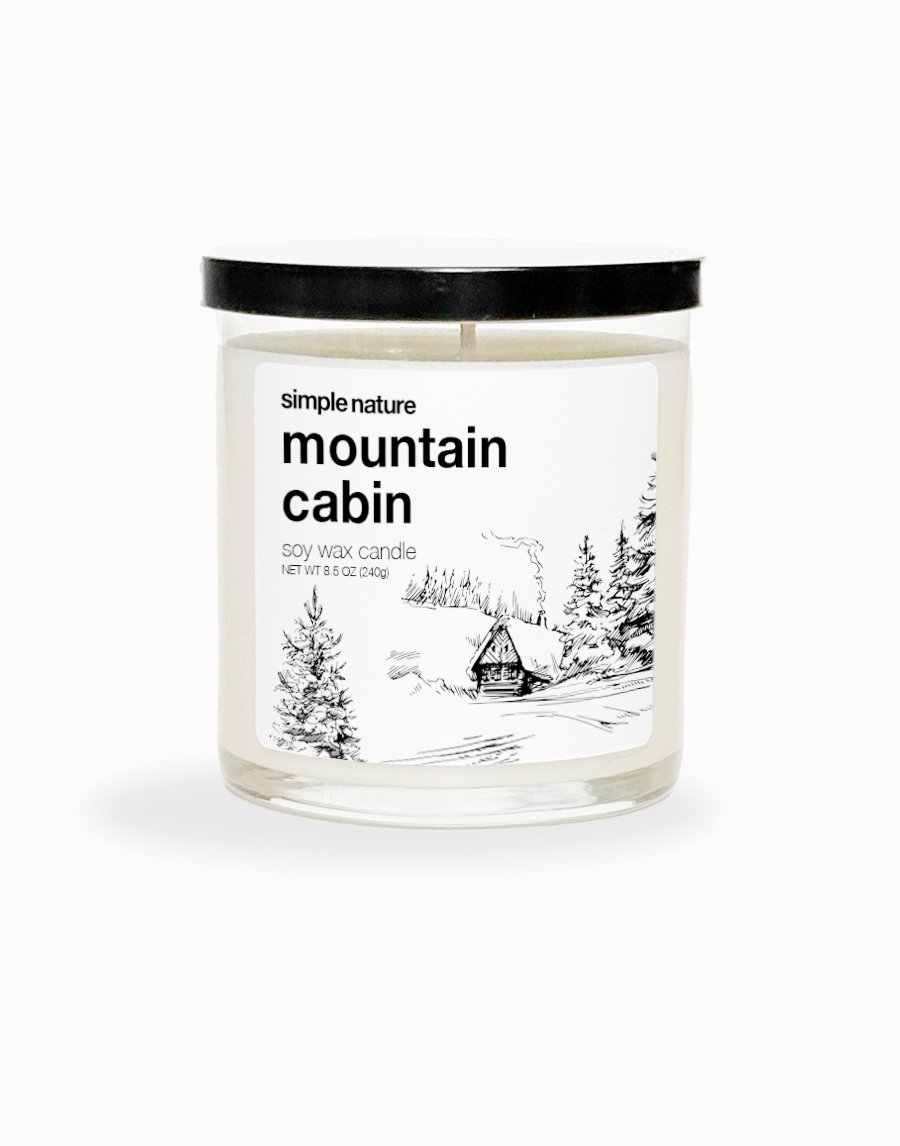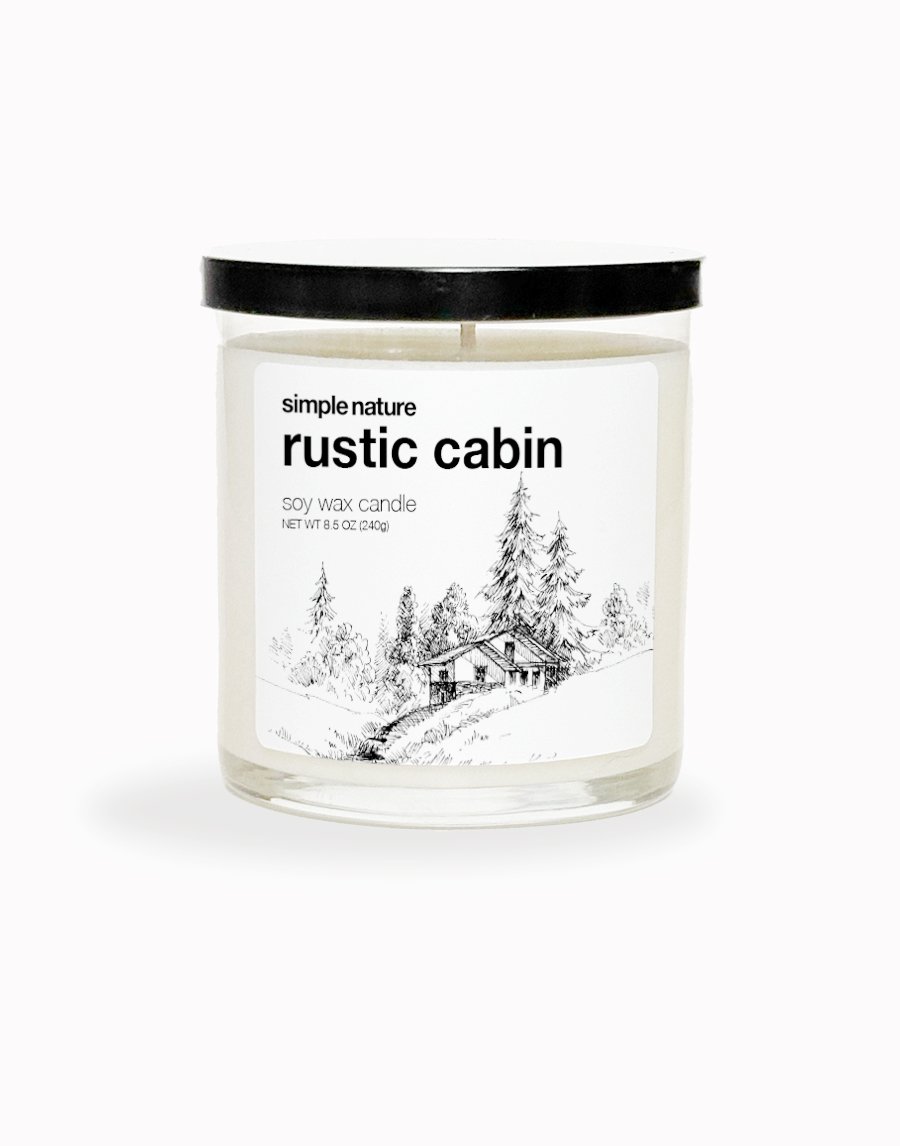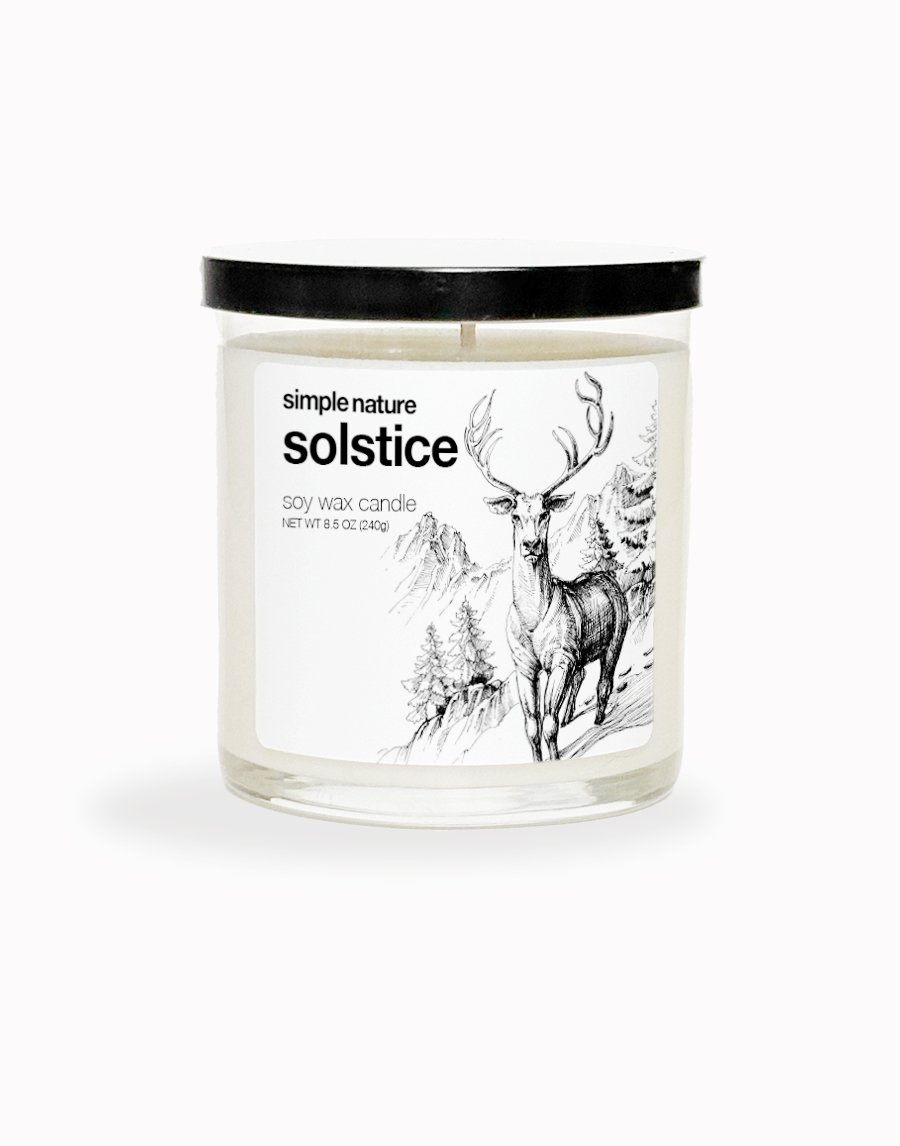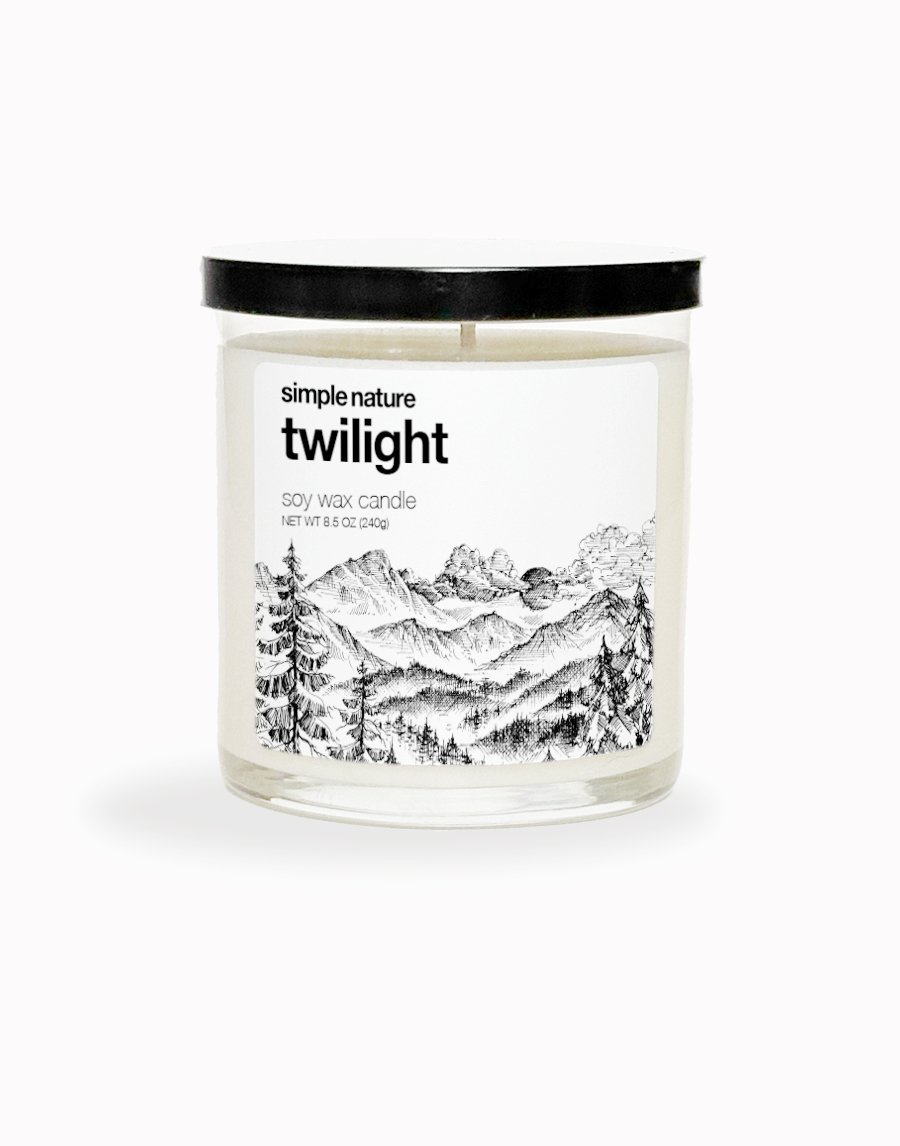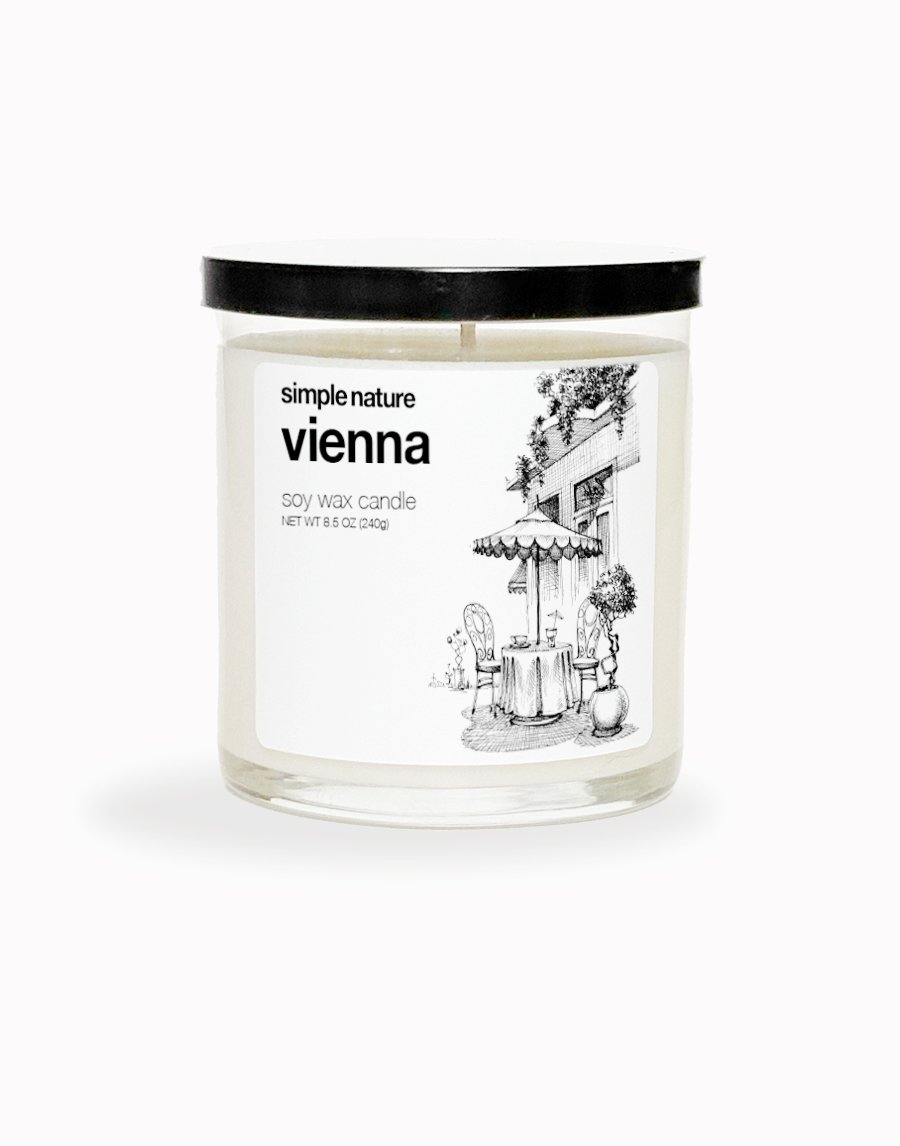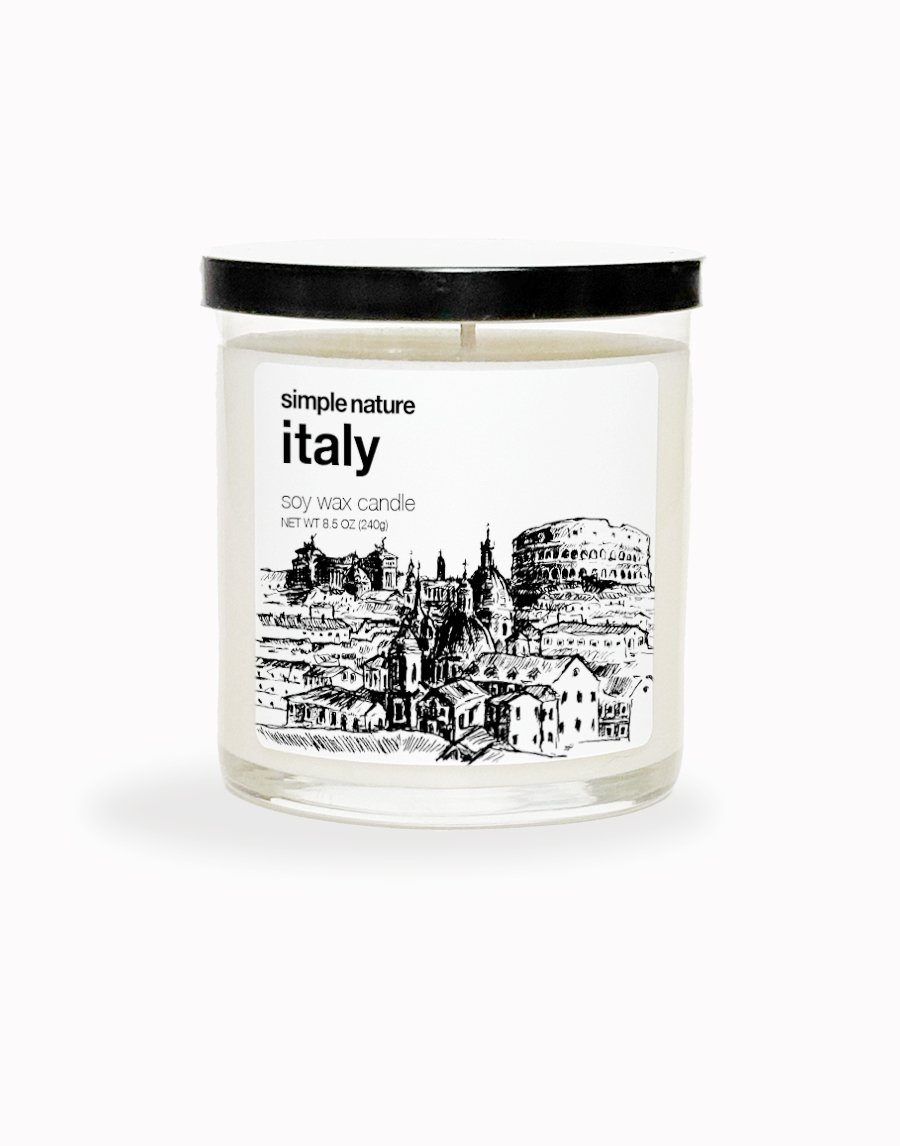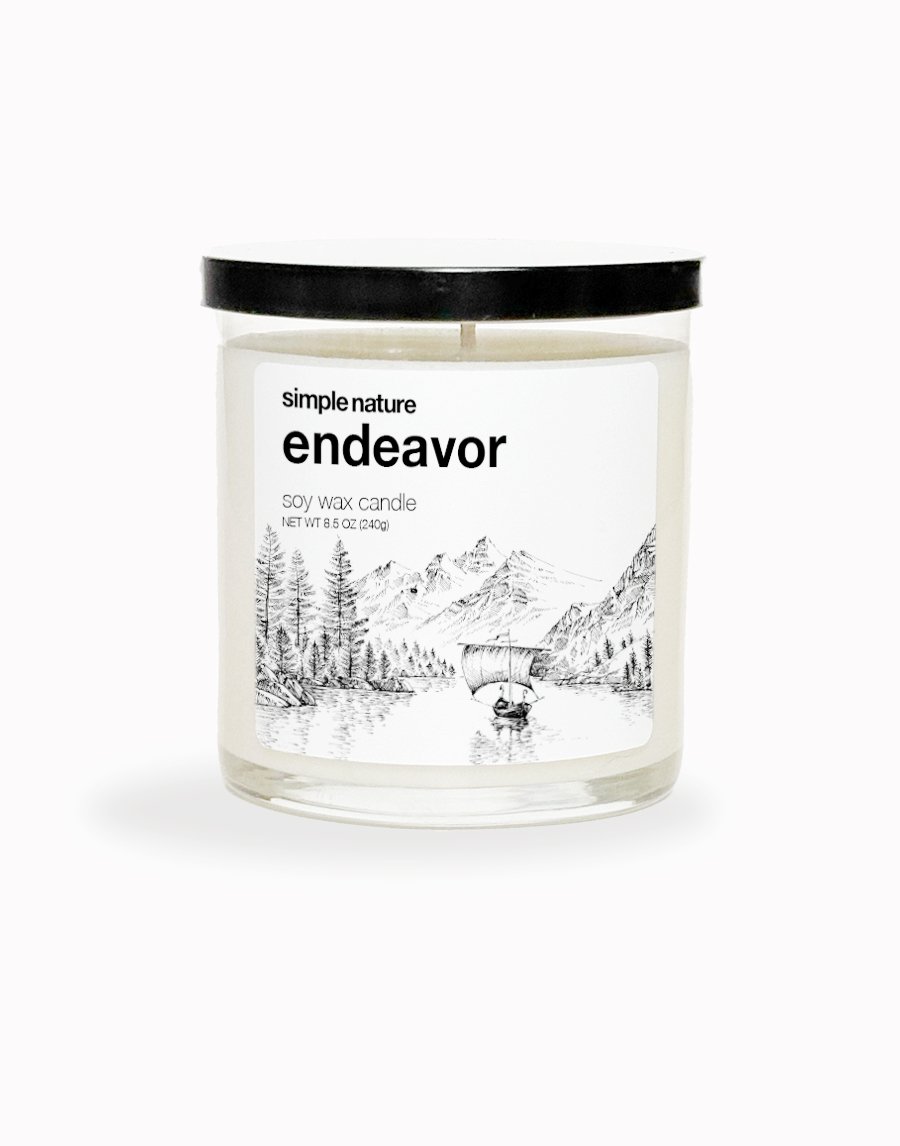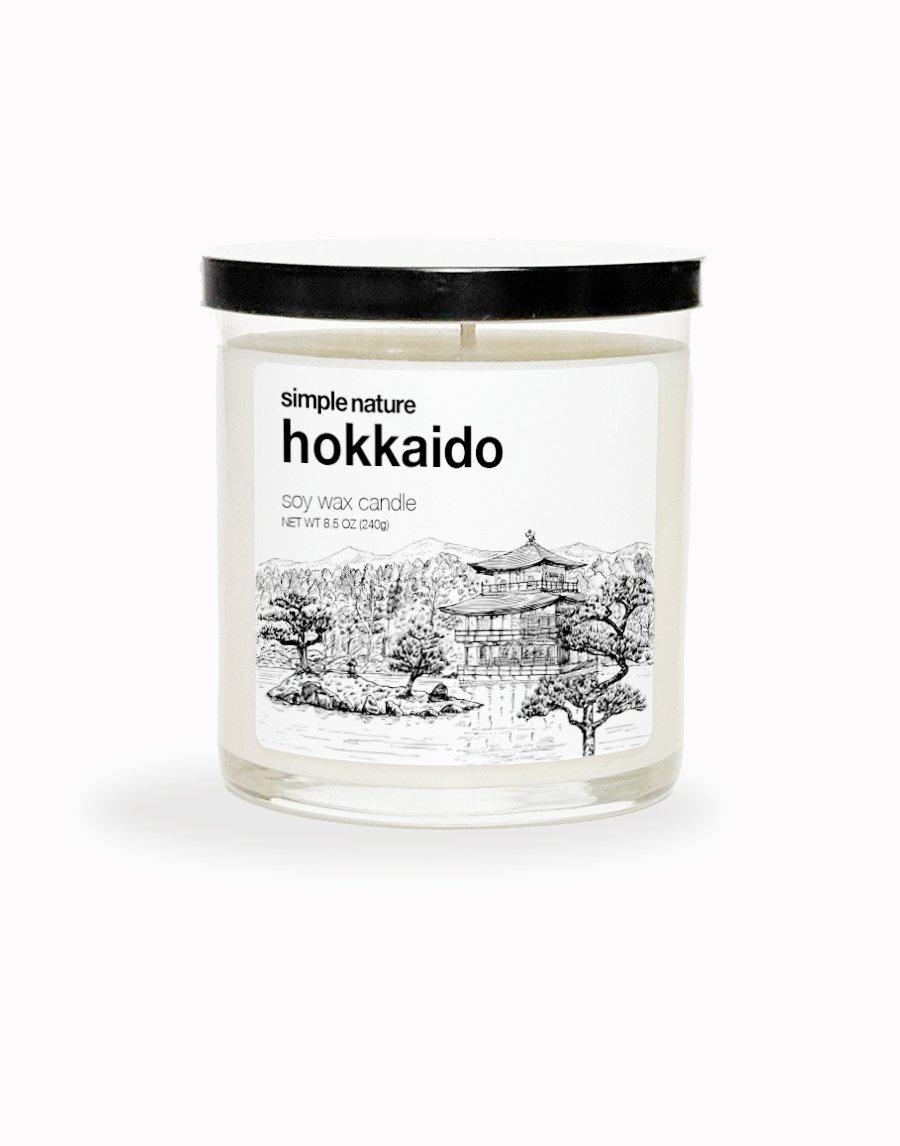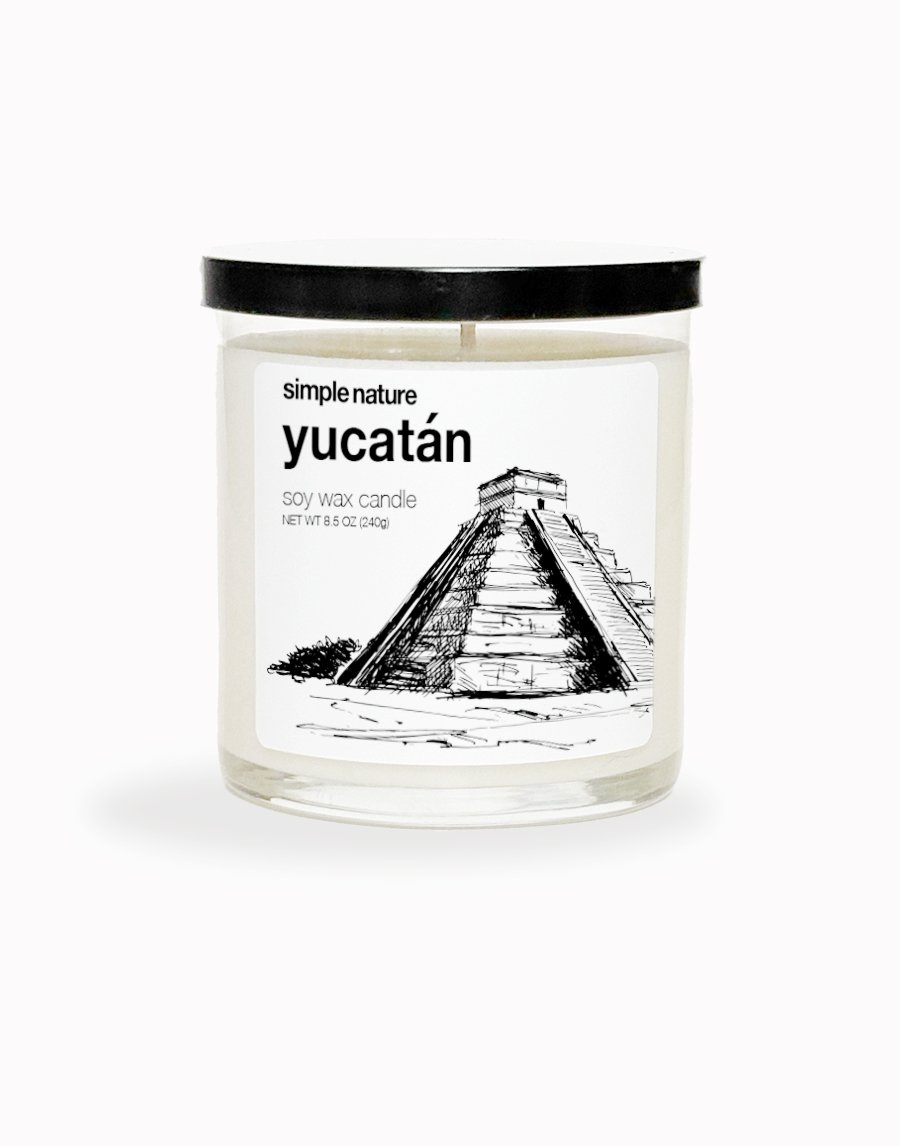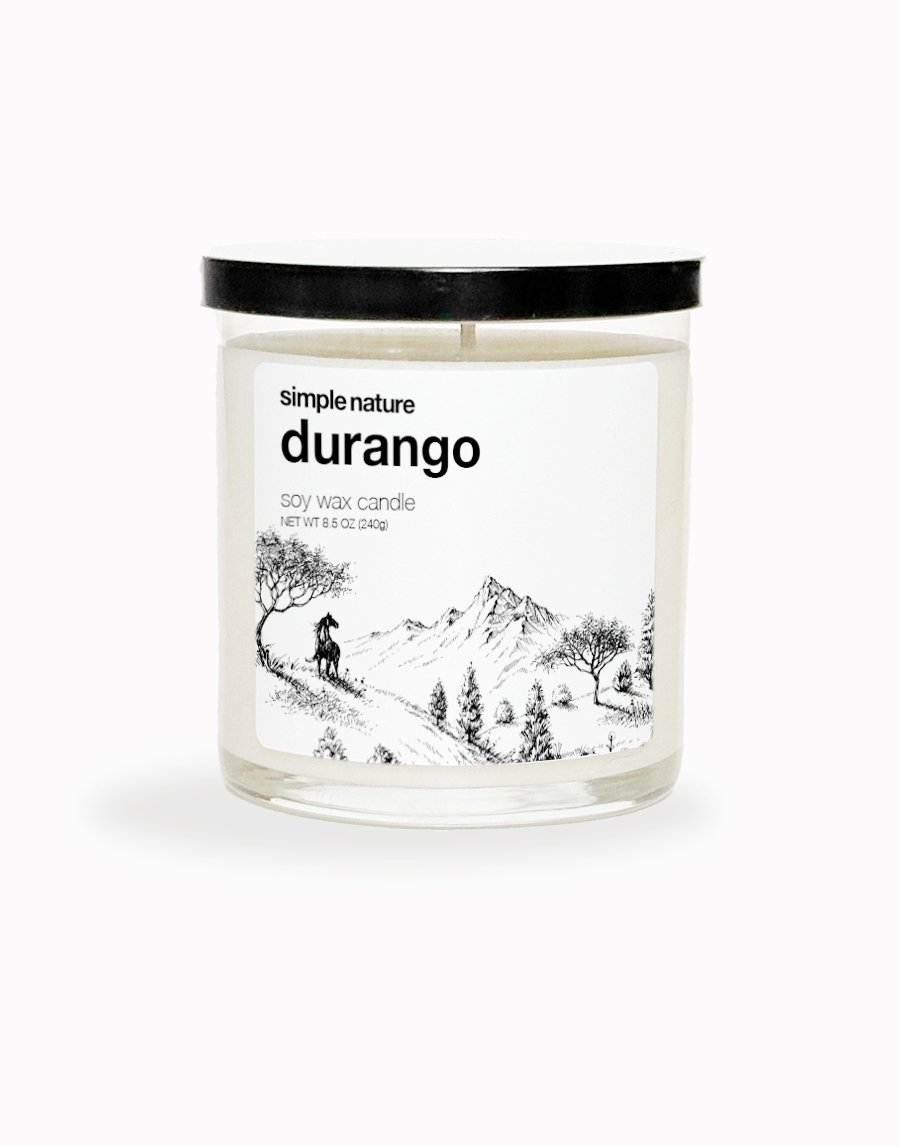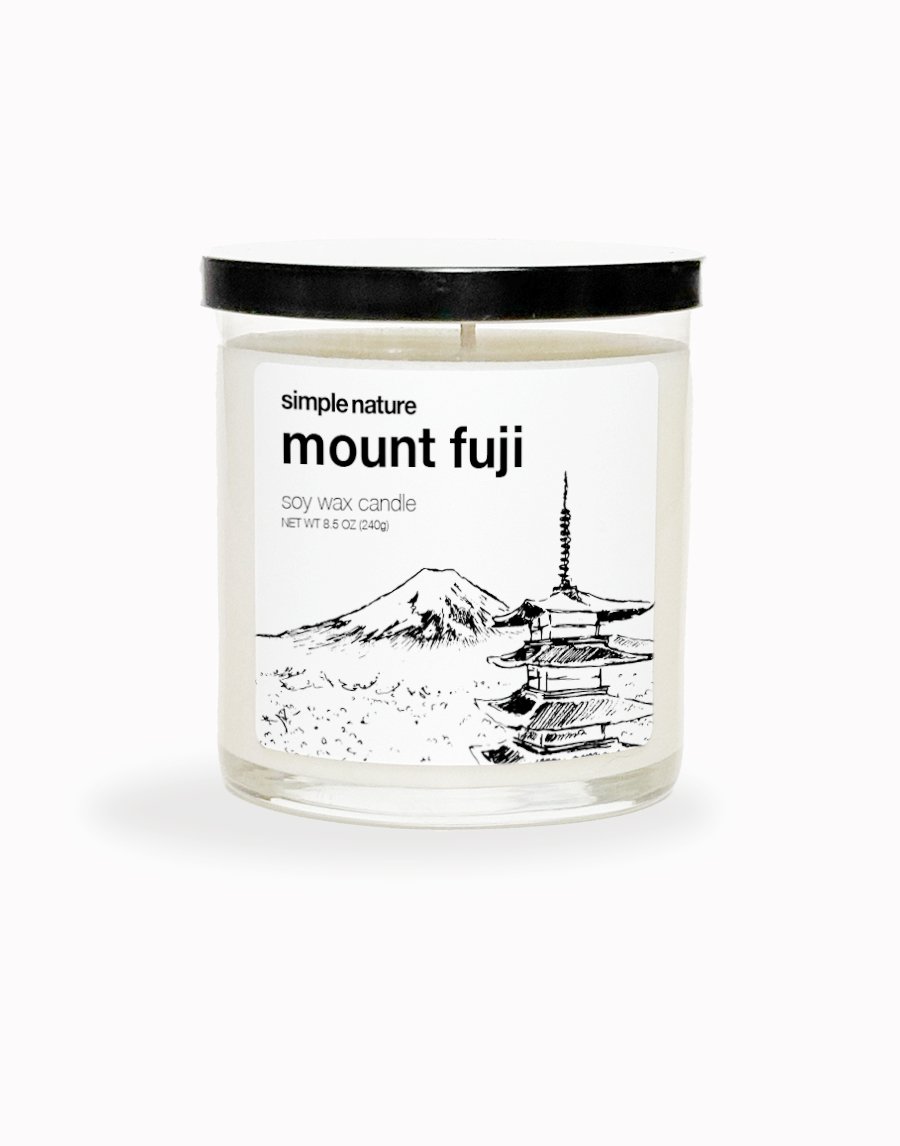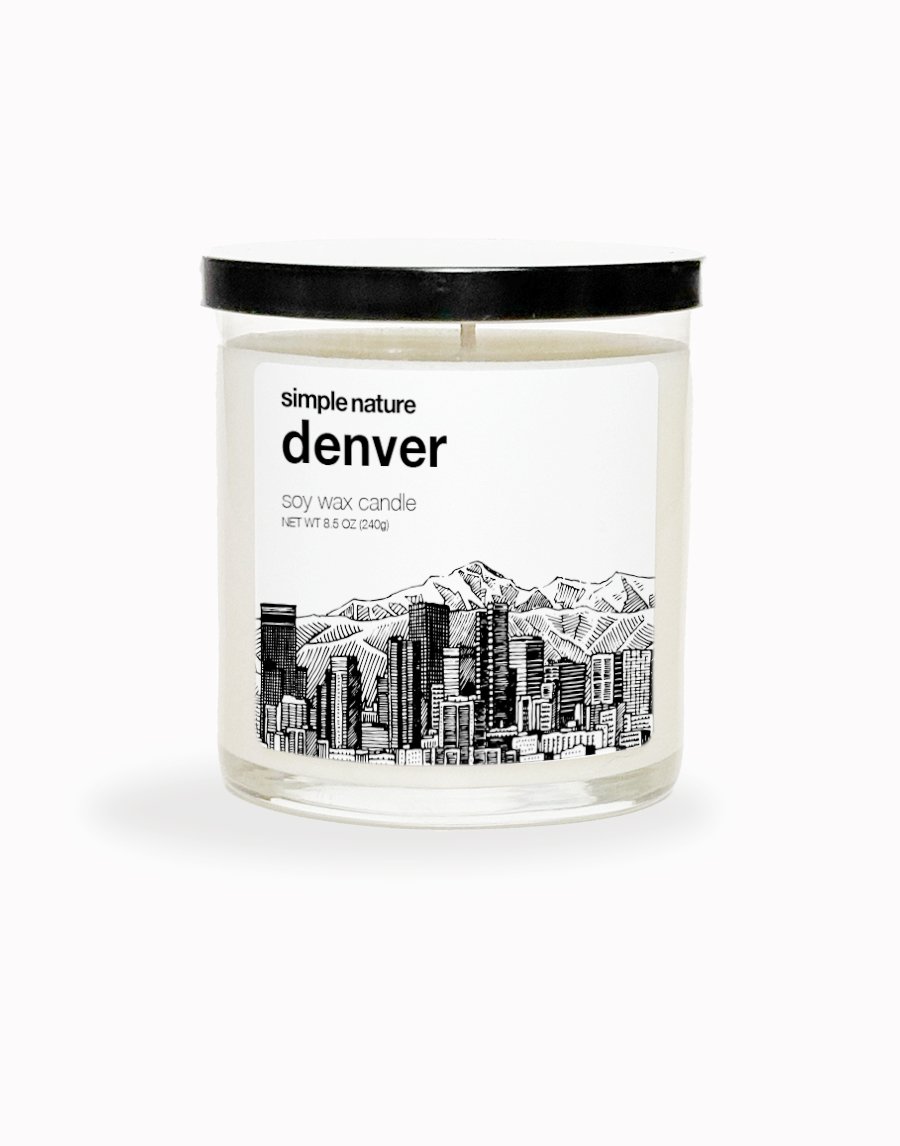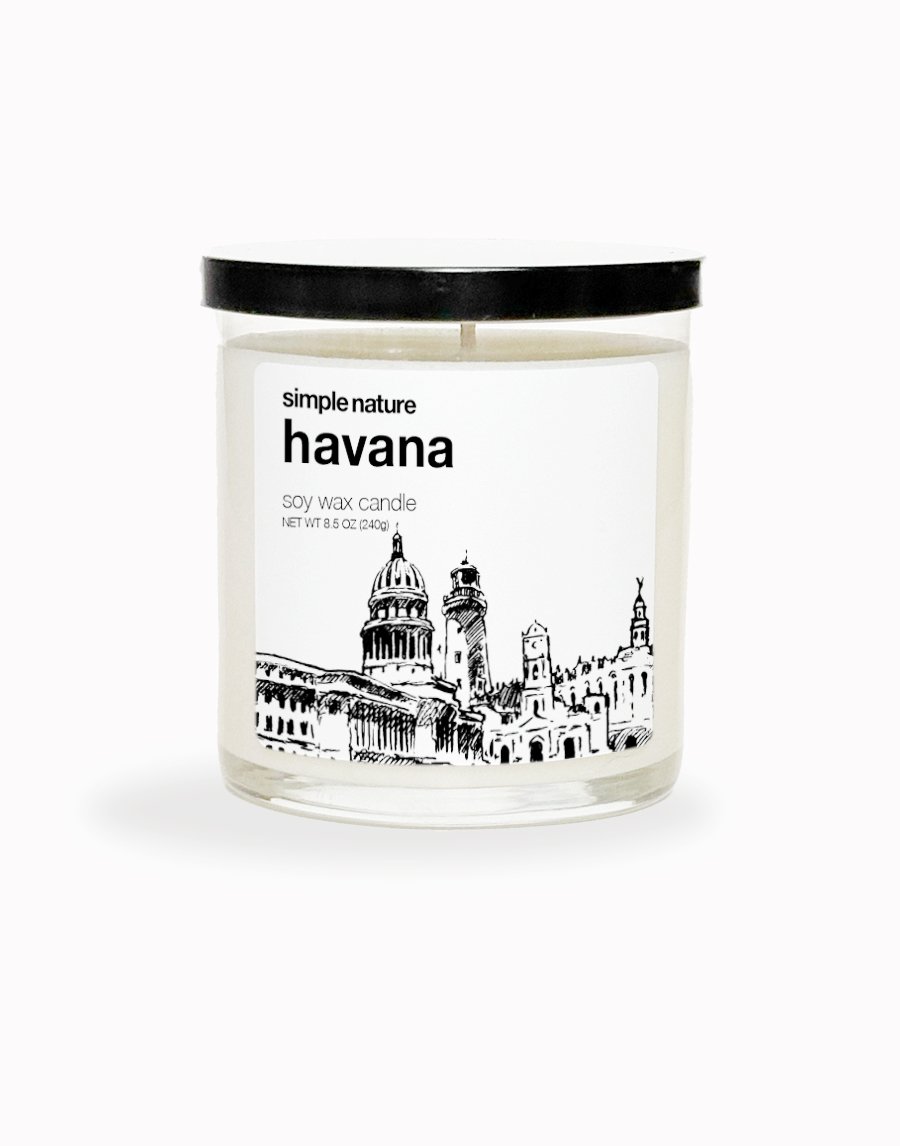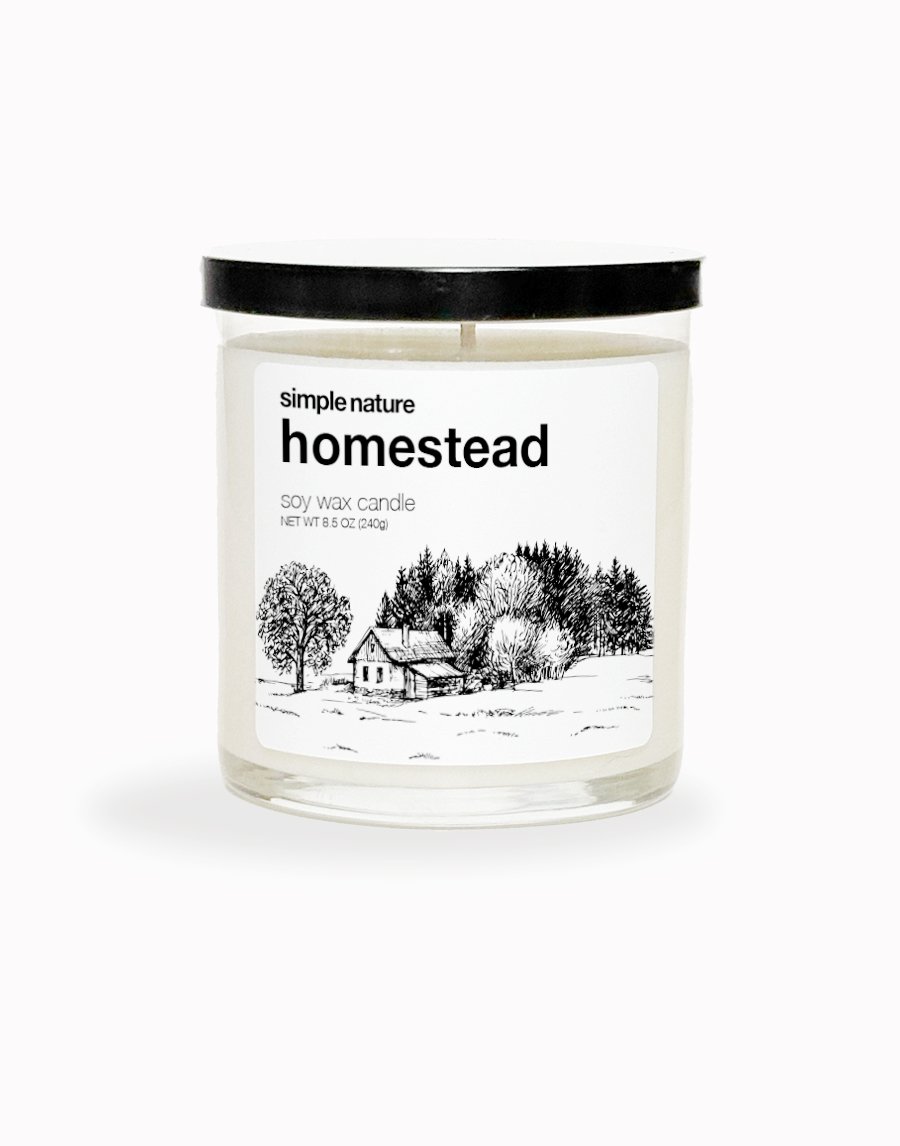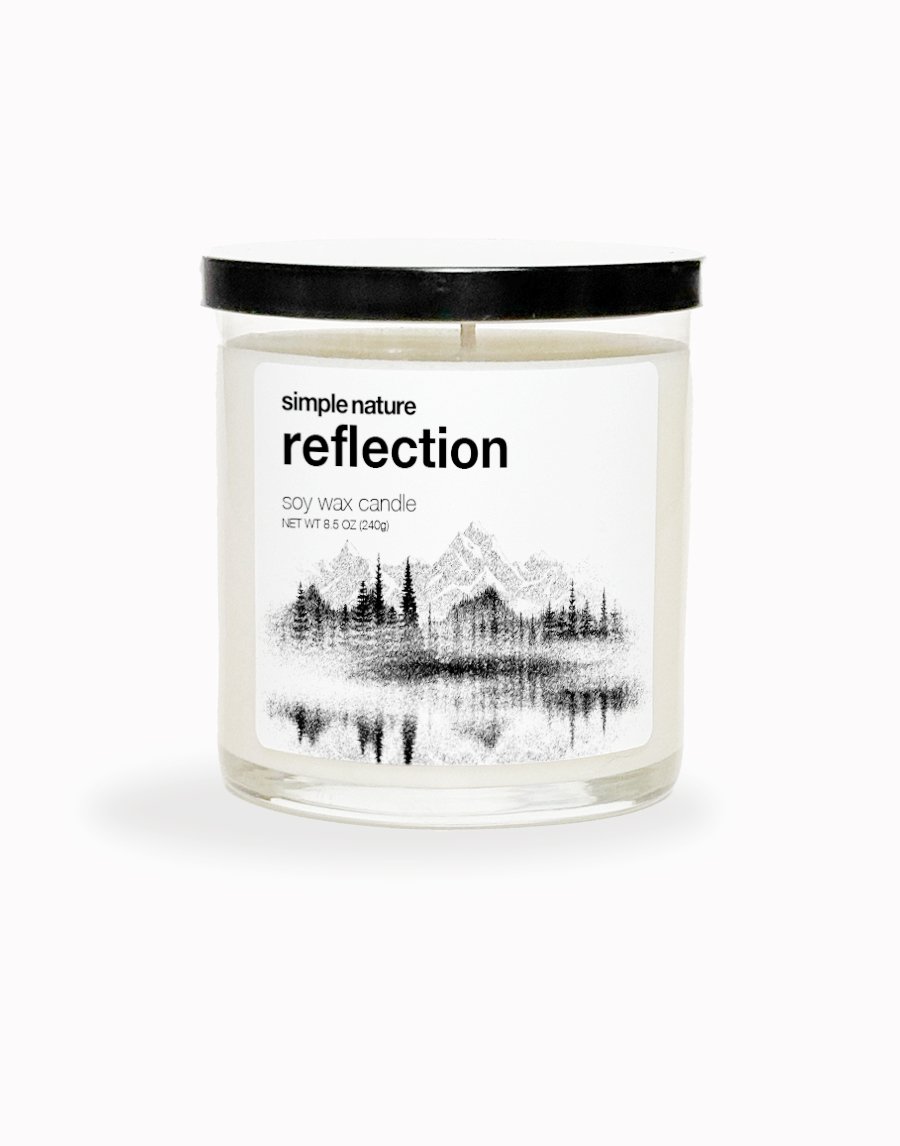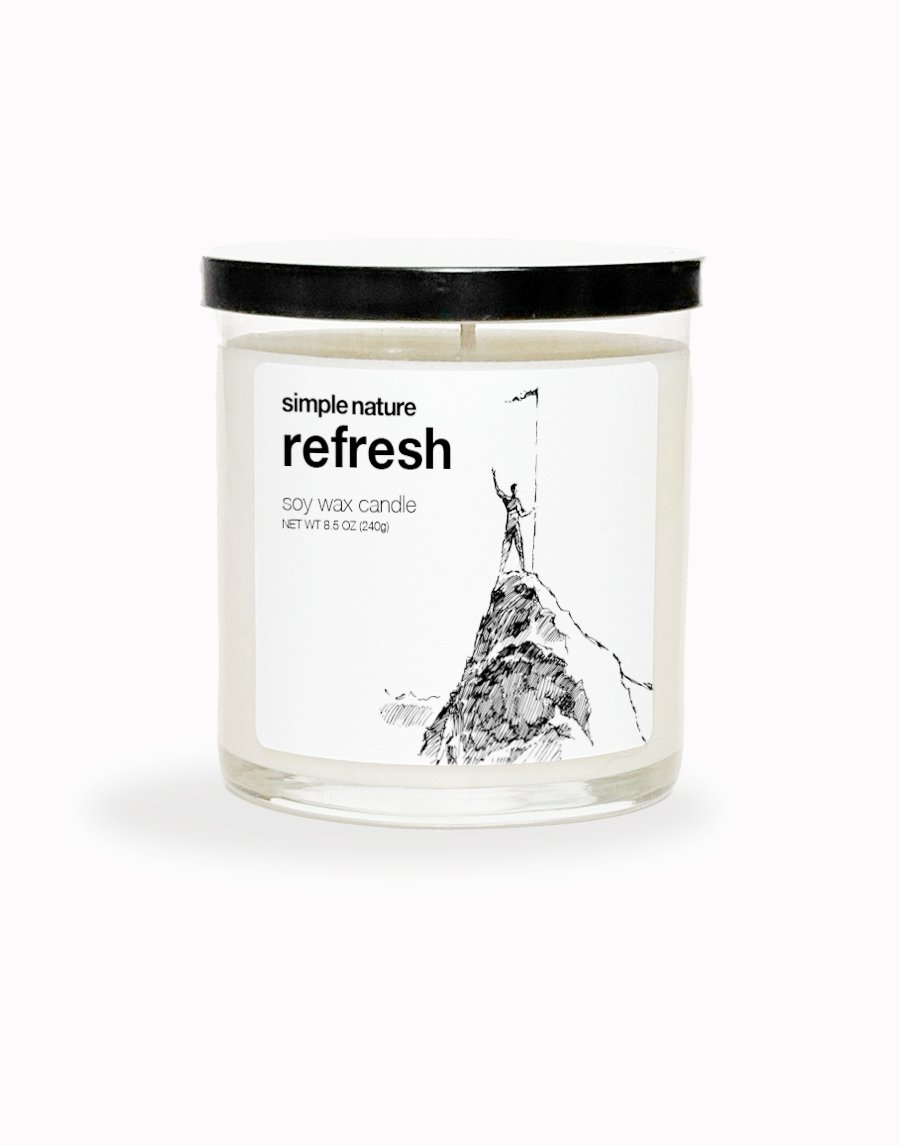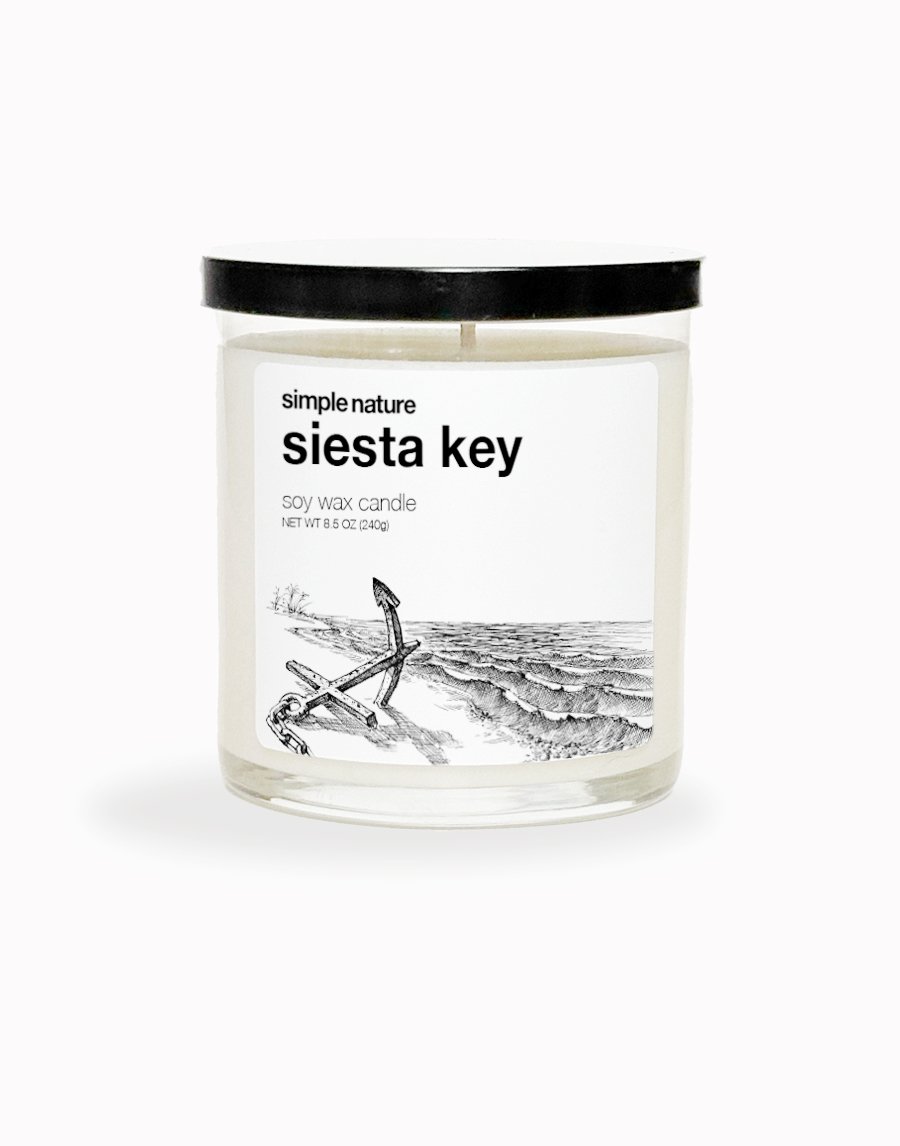
Fragrance Note Glossary
deepen your understanding of scent with our fragrance note glossary. discover the origins, nuances, and profiles of the notes that describe fragrances. get ready to elevate your candle scent game and impress your friends (maybe?) with your newfound knowledge!c

cake
Description:
sweet, gourmand, sugary, buttery, warmOlfactive Profile:
Cake often smells sweet with an indulgent aroma of butter and sugar baked to perfection.Facts:
The word "cake" is of Viking origin, from the Old Norse word "kaka." Early cakes were similar to bread, enriched with honey, eggs, and raisins.Candles with Cake:
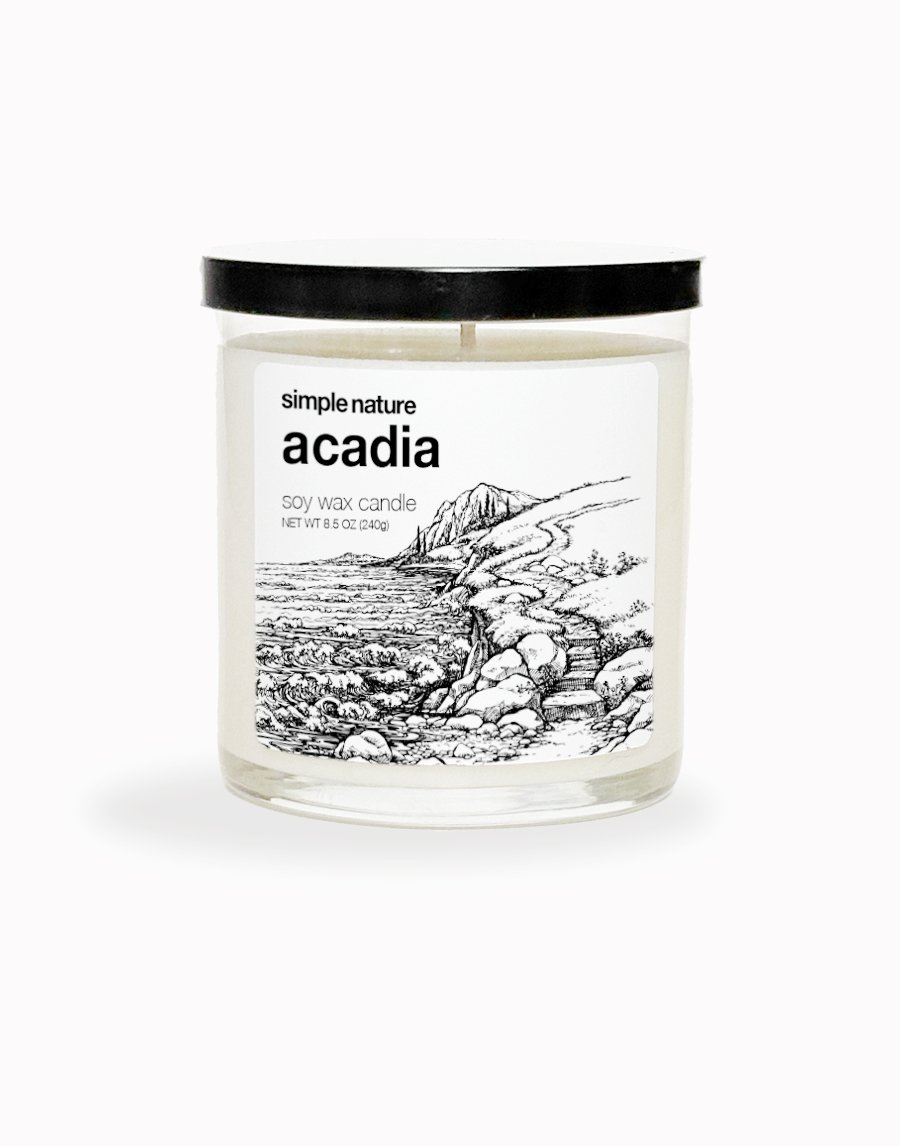

camphor
Description:
fresh, aromatic, herbal, cooling, camphor, pine, balsamicOlfactive Profile:
Camphor has a strong and long-lasting smell. It is fresh, herbal, and aromatic with a 'cooling' facet.Facts:
Camphor is a common ingredient in many pain balms.Candles with Camphor:

cantaloupe
Description:
fruity, melon, sweet, green, wateryOlfactive Profile:
A fresh and sweet fruity aquatic noteFacts:
When you spritz a scent and get an aquatic hit of melon, it’s probably not actually the melon you smell – that so-refreshing summer fruit – but an ingredient called ‘calone’, one of the best-known synthetic ingredients in a perfumer’s arsenal. Launched in the 1990s, calone recreates the honey-like, watery qualities of the delectable fruit, which is a relation of squashes and cucumbers found in Africa and southwest Asia. The availability of this synthetic ingredient has probably helped to shape the trend for aquatic fragrances, as well as for fruity florals.Candles with Cantaloupe:

caramel
Description:
gourmand, sugary, salty, caramel, creamyOlfactive Profile:
Caramel has a playful, addictive quality both sugary and salty, delightfully textural with its elastic and mellow sensations.Facts:
The caramel note in the perfumery industry owes its development to the success of Angel (Thierry Mugler's first fragrance in 1992) which led to the creation of a new olfactive family named Oriental gourmand or Gourmand.Candles with Caramel:

CaRAMELIZED SUGAR
Description:
sweet, gourmand, lactonic, sugary, creamy, richOlfactive Profile:
A sweet gourmand, sensual and rich scent. It is creamy and buttery with slight floralcy.Facts:
The temperature at which sugar caramelizes depends on the type of sugar and the presence of other ingredients such as water or acid. Generally, sugar begins to caramelize at around 320°F (160°C).Candles with Caramelized Sugar:

cardamom
Description:
spicy, citrus, aromatic, zesty, peppery, balsamic, green, herbalOlfactive Profile:
Oscillating between hot and cold, sensual and vibrant, Cardamom displays a multifaceted spiciness tinted with aromatic, balsamic and citrusy facets.Facts:
Elettaria cardamomum (commonly called cardamom, green cardamom, or true cardamom) is a herbaceous perennial plant in the ginger family that is distributed from India to Malaysia and cultivated widely in tropical regions. In India, green cardamom is broadly used to treat infections in teeth and gums and prevent inflammation and digestive disorders. It is also reportedly used as a treatment for snake and scorpion venom.Candles with Cardamom:

CARnation
Description:
sweet, spicy, floral, clove, brightOlfactive Profile:
A spicy floral scent with a clove-like undertone, bright and vivid.Facts:
In modern times, carnations are considered a little basic—think homecoming boutonnières. But carnations have a long history! They were cultivated by Ancient Romans and Greeks 2,000+ years ago, making them one of the oldest-grown flowers in the world.Candles with Carnation:

cedar
Description:
balsamic, woody, soft, cooling, muskyOlfactive Profile:
Cedar has a strong woody note, yet is warm and spicy. It is often used in blend with other “woods” to give a rich natural and powerful masculine effect in composition.Facts:
Cedarwood oil, extracted from the foliage, woods, and roots of the cedar tree, was widely used in historical perfumery. Ancient Sumerians used cedarwood oil as a base for paints, and ancient Egyptians used it in embalming practices.Candles with Cedar:

chamomile
Description:
fruity, woody, bright, crisp, sweet, aromatic, freshOlfactive Profile:
A bright, crisp, sweet, fruity, herbaceous, fresh scent with a bitter top note and tea-like facet.Facts:
Camomile, or Chamomile, is a common name for several daisy-like plants of the Asteraceae family. It is mentioned in ancient medical writings and widely used for many different purposes. You'll find it often promoted as encouraging sleep and is often an ingredient in herbal teas.Candles with Chamomile:

champagne
Description:
bubbly, fresh, crisp, fruity, dry, tartOlfactive Profile:
Champagne has an aroma of freshly baked bread crossed with wet limestone. Spices and fruits are often present in different types and brands of champagne and can even represent quality in the wine.Facts:
Champagne is a unique winemaking region in France. Ninety miles northeast of Paris, the region's climate, chalky soil, strict regulations, and long history of winemaking combine to produce a sparkling wine that can only be produced in one place: Champagne.Candles with Champagne:

cherry
Description:
fruity, red fruit, sweet, almondOlfactive Profile:
A deliciously fruity sweet cherry note. It is sweet and juicy and adds an almond facet to a fragrance.Facts:
The cherries we commonly eat are derived primarily from two species, the Wild Cherry (Prunus avium), which has given rise to the Sweet Cherry to which most cherry cultivars belong, and the Sour Cherry or Morello Cherry (Prunus cerasus), used mainly for cooking and jam.Candles with Cherry:

cherry blossom
Description:
subtle, white floral, powdery, delicateOlfactive Profile:
Cherry blossoms have a sweet and delicate floral scent. It is fresh and subtle with powdery notes.Facts:
Bath & Body Works Japanese Cherry Blossom became an iconic fragrance in the US, driving the trend across the market that remains strong today.Candles with Cherry Blossom:

chestnut
Description:
gourmand, chestnut, nuts, fruity, vanilla, balsamicOlfactive Profile:
Often conceived as roasted chestnut, with a mellow nuttiness and subtle caramelized sweetness.Facts:
Chestnuts growing on the tree look like wood urchins, sporting very prickly burrs with one to several nuts inside.Candles with Chestnut:

chili pepper
Description:
spicy, hot, fieryOlfactive Profile:
Fiery and bold heat can be used to enhance sweet notes with the contrast of an unexpected kick.Facts:
Capsaicin is the main bioactive compound in chili pepper that gives its spiciness.Candles with Chili Pepper:

chocolate
Description:
gourmand, chocolate, powdery, vanilla, sweet, cocoa, milkyOlfactive Profile:
Chocolate can have both a roasted cocoa bean effect with powdery undertones or a richer liquid aspect with sweet vanilla accents.Facts:
Chocolate just might be the "food of the gods." For most of its 4,000-year history, it was actually consumed as a bitter beverage rather than as a sweet edible treat. In 1847, British chocolate company J.S. Fry & Sons created the first solid edible chocolate bar from cocoa butter, cocoa powder, and sugar. Rodolphe Lindt's 1879 invention of the conching machine, which produced chocolate with a velvety texture and superior taste, and other advances allowed for the mass production of smooth, creamy milk chocolate on factory assembly lines.Candles with Chocolate:

Chrysanthemum
Description:
floral, fresh, green, sweet, earthy, herbyOlfactive Profile:
Chrysanthemum has a fresh, earthy, and herby aroma with gentle honey undertones.Facts:
As well as exuding elegance, chrysanthemums can also be used to repel insects.Candles with Chrysanthemum:

cinnamon
Description:
warm, woody, spicy, peppery, almond, clove, citrus, sweet, dryOlfactive Profile:
Cinnamon is woody and spicy with hints of vanilla, clove, and citrus. It adds warmth to a fragrance.Facts:
The bark is peeled from the branches using a precise technique to obtain cinnamon sticks. These are dried for several days to develop the cinnamon’s characteristic tonalities. The bark is then processed in the form of sticks, chips, or powder.Candles with Cinnamon:

citron
Description:
dry citrus, zesty, fresh, citrus, white wood, brightOlfactive Profile:
Citron presents a fragrant blend of white woods such as sandalwood or birch and a zesty lemon.Facts:
Citron is French for lemon. But a citron fruit (Citrus medica) is rarer than a lemon—and not nearly so juicy.Candles with Citron:

citronella
Description:
fresh, green, lemony, citrusy, bright, camphorOlfactive Profile:
Citronella is lemony and camphorous with a fresh, green quality and subtle sweetness. Facts:
In addition to its insect-repelling properties, citronella has been used in traditional medicine for its anti-inflammatory and antifungal properties.Candles with Citronella:

citrus
Description:
acidulous, bitter, bright, fresh, juicy, sparkling, tonic, zestyOlfactive Profile:
Fresh and bright, citruses include bergamot, mandarin, orange, lemon, lime, and petitgrain.Facts:
The Citrus family, historically renowned as “Eaux de Cologne”, is composed of traditional citrus essences such as bergamot, mandarin, orange, lemon, lime, and petitgrain. Ingredients and fragrances from this family are characterized by their diffusive freshness and brightness. Citrus are often combined with floral, chypre, or even aromatic notes to enhance their fresh sparkling aspects. These perfumes, light and fresh, constitute the ideal family for a unisex fragrance.Candles with Citrus:

clove
Description:
spicy, smoky, dusty, cinnamon, floral-carnationOlfactive Profile:
Clove has a spicy, woody and sweet aroma, bringing spiciness and freshness.Facts:
Prized for their culinary and medicinal properties, Cloves are the flower buds of Eugenia caryophyllus, a tree native to the Molucca islands.Candles with Clove:

clover
Description:
sweet, honey, floral, greenOlfactive Profile:
A sweet honey floral and green note.Facts:
Bees are highly attracted to clover, yielding the popular clover honey.Candles with Clover:

coconut
Description:
fruity, exotic, coconut, lactonic, milky, creamy, gourmandOlfactive Profile:
Smooth, creamy note with addictive freshness and gourmand milky texture of this exotic fruit.Facts:
Botanically, coconut is a drupe and not a nut. The term "coconut" dates back to the 16th century. It derives from the Spanish and Portuguese word "coco," respectively meaning "a grin" and "a monkey face" due to the slight resemblance with a human face or a monkey head because of the three tiny indentations on the hairy shell.Candles with Coconut:

coconut milk
Description:
fruity, coconut, lactonic, sweet, vanillaOlfactive Profile:
A deep dive into the delicious creaminess of coconut milk. Intensely wrapping, with vanillic tones and a delicate fruity touch.Facts:
Coconut milk is obtained by grating the white inner flesh of a coconut which is mixed with a small amount of water or milk until frothy to suspend the fat present. Then the mixture is strained through a cheesecloth, squeezing out as much liquid as possible. The coconut milk is then refrigerated and allowed to set.Candles with Coconut Milk:

coffee
Description:
gourmand, coffee, toasted, woodyOlfactive Profile:
Intensely gourmand and contrasting, lying between softness and strength. Facts:
Coffee beans are the fruit of a small tree cultivated in Brazil, Colombia, Ethiopia, India, Mexico, and Kenya, among others. Today, Colombia and Africa are the main producers. The earliest credible evidence of either coffee drinking or knowledge of the coffee tree appears in the middle of the 15th century, in Yemen's Sufi monasteries. Coffee beans were first exported from Ethiopia to Yemen. Yemeni traders brought coffee back to their homeland and started cultivating the beans.Candles with Coffee:

coriander
Description:
warm, spicy, nutty, hint of citrusOlfactive Profile:
Coriander seeds offer a warm and spicy character. It is multifaceted and displays a mixture of floral and citrusy notes and sweet and fruity notes.Facts:
Coriander is a variation of the parsley family. The plant that springs from the coriander seed is cilantro. Coriander is widely used in different cuisines around the world, and the seeds have been found in ruins believed to be over 5000 years old.Candles with Coriander:

cotton blossom
Description:
fresh, cotton, bergamot, lemon, flower, crisp, air, rose, muskOlfactive Profile:
An airy, delicate, and sublte floral scent.Facts:
None of the cotton plant is wasted. While the fiber or "blossom" is the primary purpose for growing, the seeds can also be used as animal seed and for making cottonseed oil, and the plant stalks are tilled back into the soil after harvesting.Candles with Cotton Blossom:

cranberry
Description:
tart, fruity, red fruit, juicy, aromatic, musk, apple, berryOlfactive Profile:
Cranberries have a sweet and tangy scent.Facts:
Cranberries are one of the few fruits native to North America. They grow in bogs and have small pockets of air that allow them to float.Candles with Cranberry:

cream
Description:
creamy, vanilla, gourmand, sweetOlfactive Profile:
A gourmand scent with hints of vanilla and warm sugar notes.Facts:
The world record for the tallest dollop of whipped cream on a mug of hot chocolate is just over 18cmCandles with Cream:

cucumber
Description:
green, watery, salty, aldehydicOlfactive Profile:
Crunchy green and aquatic, cucumber is intensely watery, developing a vivid freshness infused with salty and aldehydic accents.Facts:
Cucumber is an herbaceous garden plant from the same family as the African gourd, melon or squash (Cucurbitaceae family); grown for its fruit and is eaten as a vegetable. The plant, which grew naturally at the foot of the Himalayas, was domesticated for the first time in India at least 3,000 years ago.Candles with Cucumber:

custard
Description:
sweet, vanilla, toffee, custard, creamy, gourmand, balsamic, powdery, marshmallowOlfactive Profile:
A delicious, sweet, and gourmand scent. Creamy with hints of vanilla and marshmallow.Facts:
Custard dates back to the middle ages when it was paired with pastry to become a custard tart. The term "custard" is coined from the French term 'croustade' originally referring to the crust of a tart.Candles with Custard:

cypress
Description:
woody, green, resinous, coniferous, citrusOlfactive Profile:
Cypress is woody green with a warm resinous character and fresh citrusy tones.Facts:
Cypress originated in Western Asia before being introduced to Tuscany, Italy, and the rest of the Mediterranean basin. Young buds are needle-shaped, while older ones have the appearance of green scales. No odor is released, even when rubbed. Branches of cypress are used as a symbol of mourning.Candles with Cypress:

